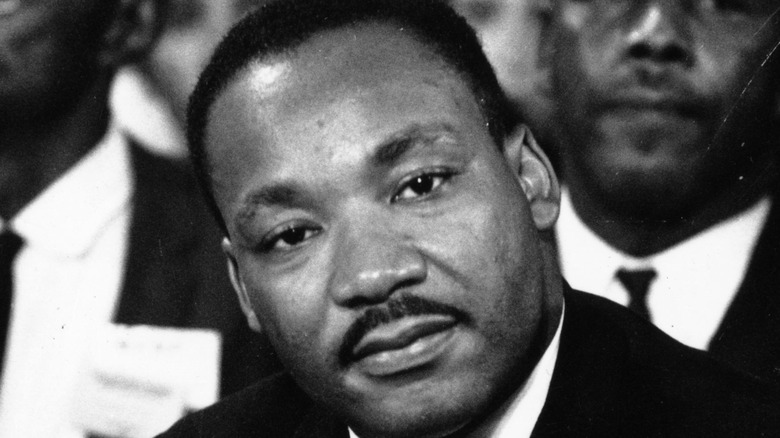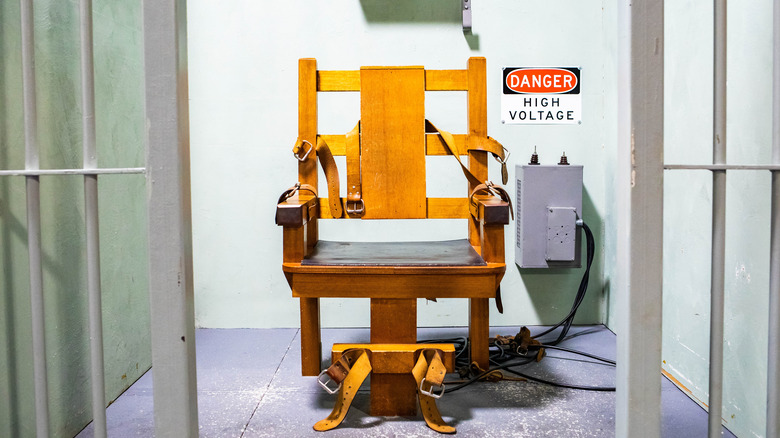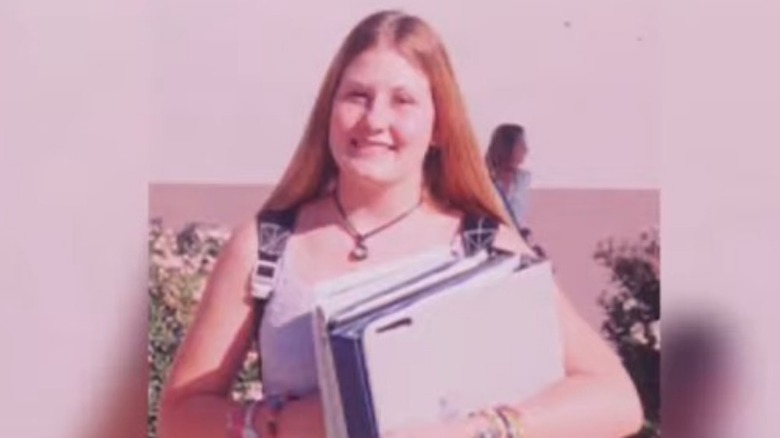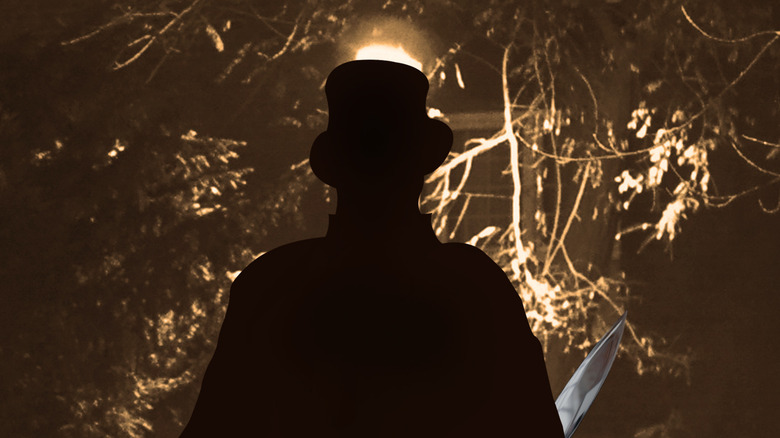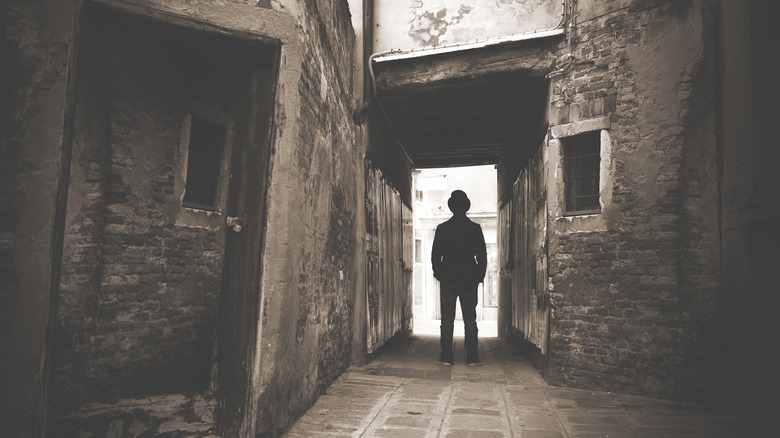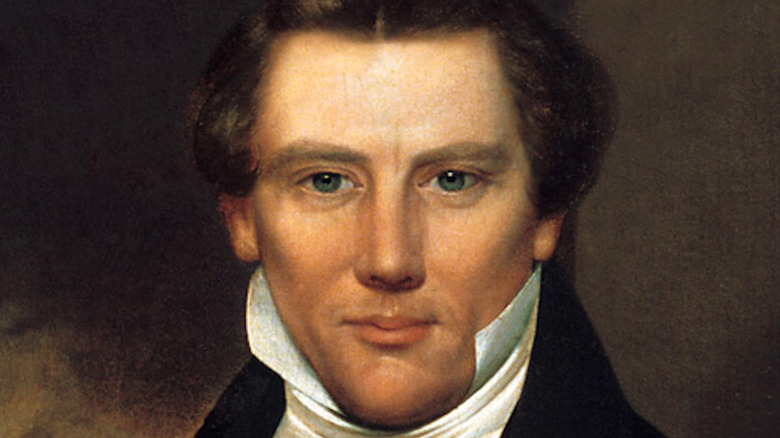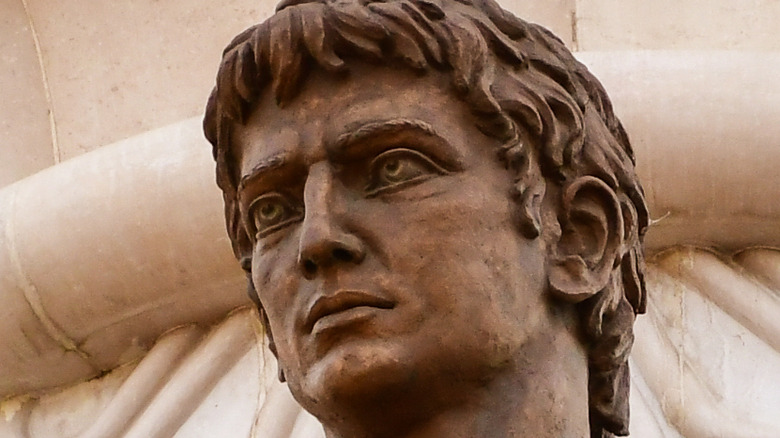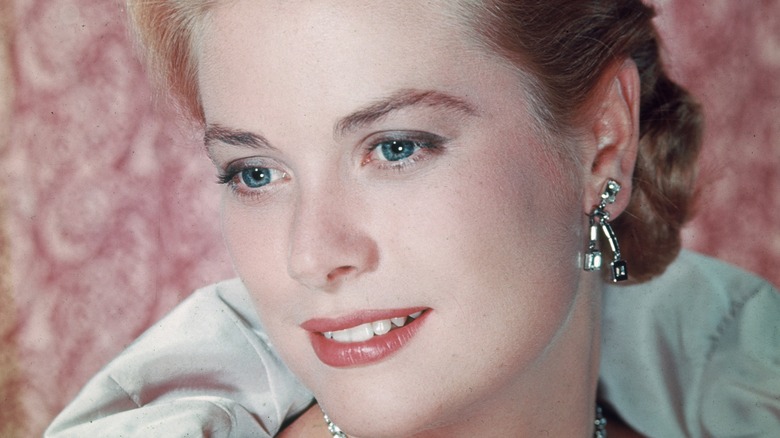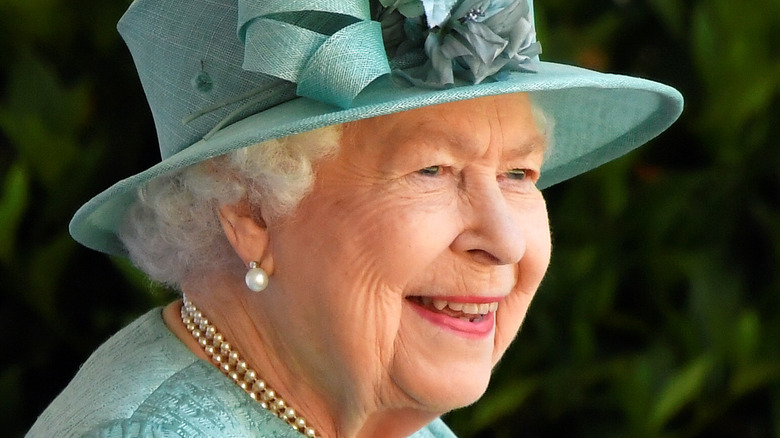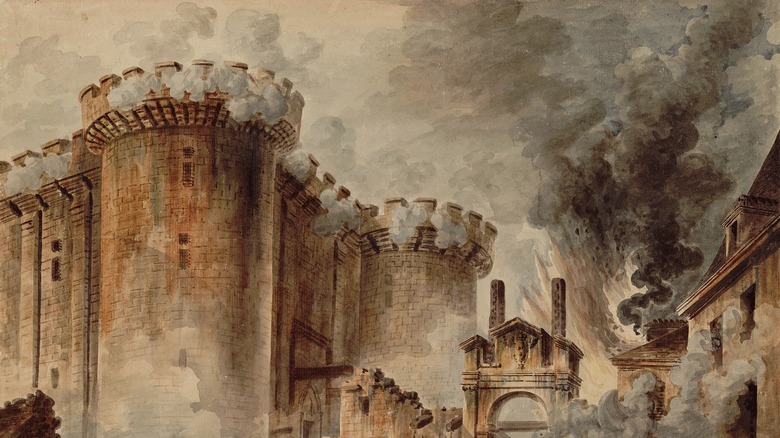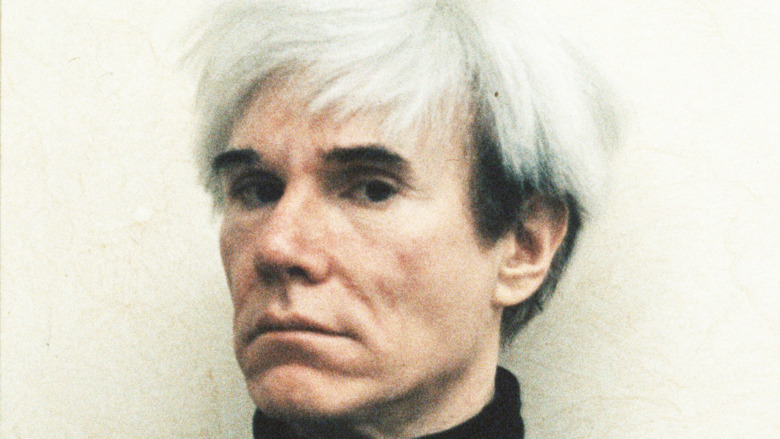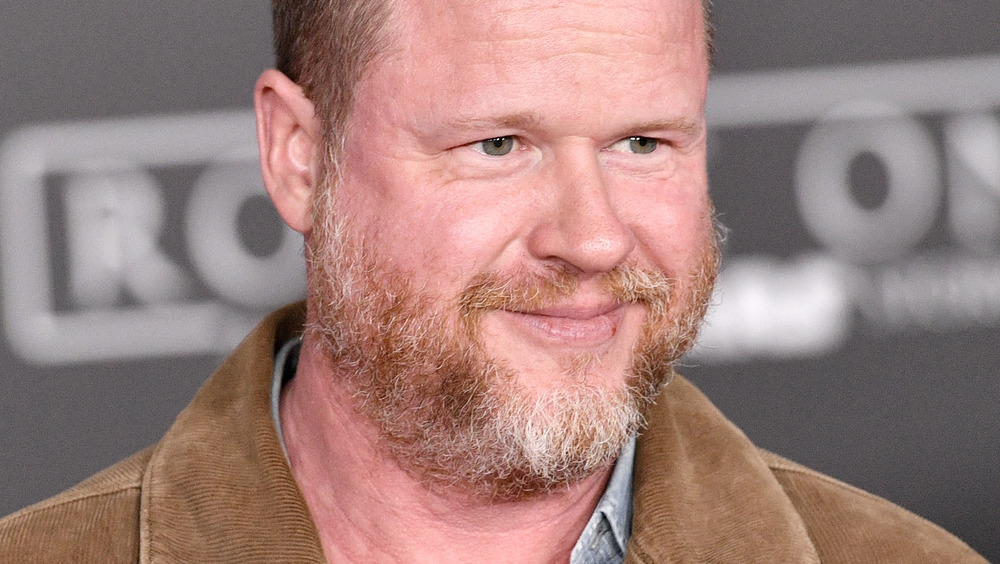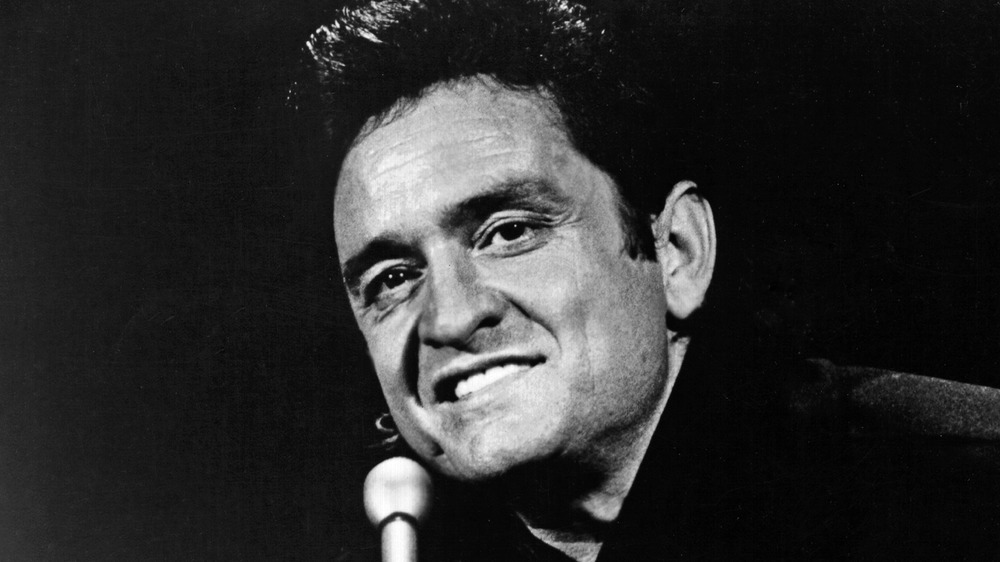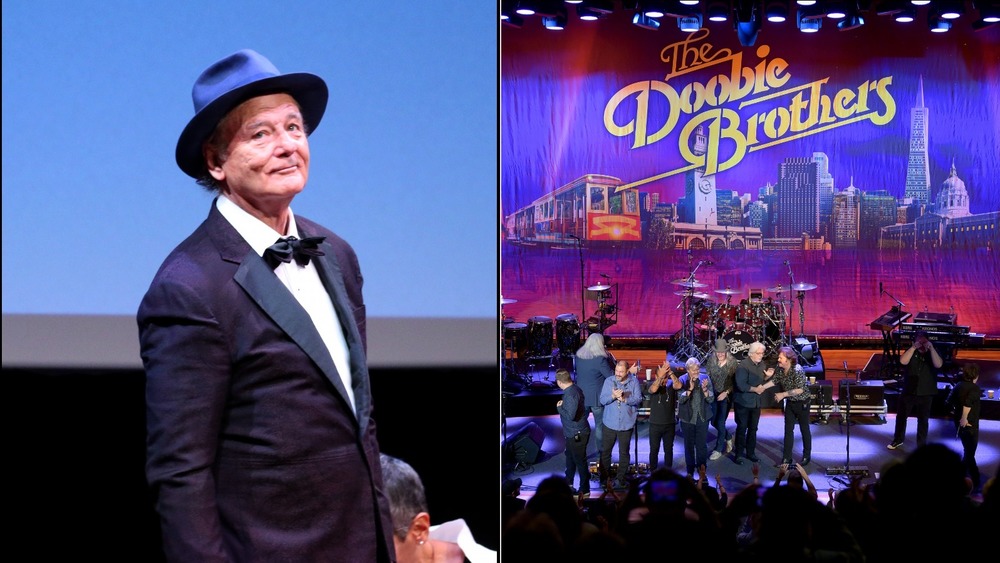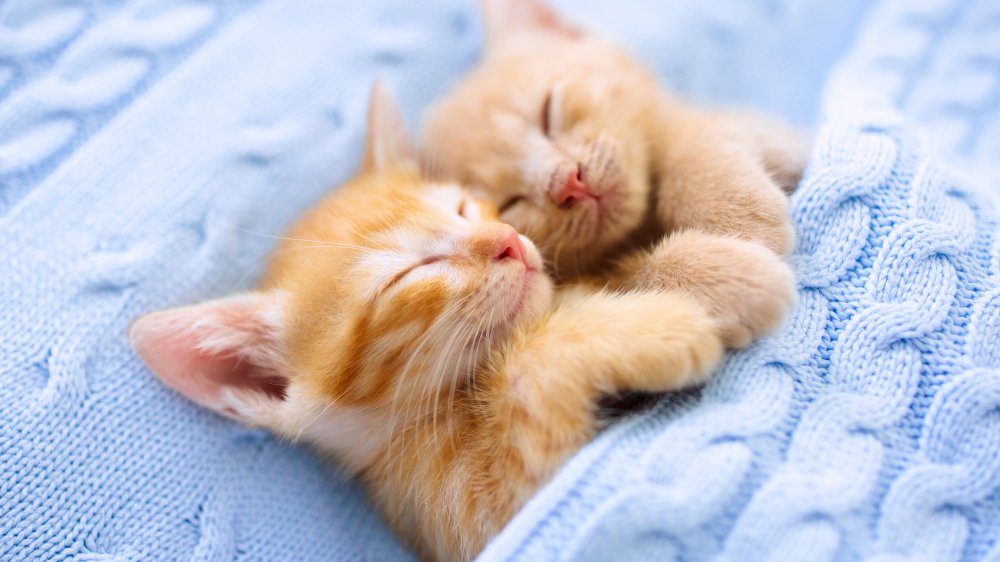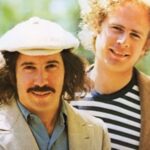
Folk Songs and Fights: The Story of Simon and Garfunkel

These two had an unforgettable relationship on and off the stage. More than once they called it quits and tried to go their own ways before finally retiring for good. Read on to find some little-known facts about the two, including how their partnership came to be, and why it came apart.
Identical Beginnings
The two had a lot of similarities. Both were born in 1941, and both lived in Queens, New York, living only a few blocks away from each other in the Kew Garden Hills neighborhood. They attended the same schools, including Public School 164, Parsons Junior High School, and Forest Hills High School.
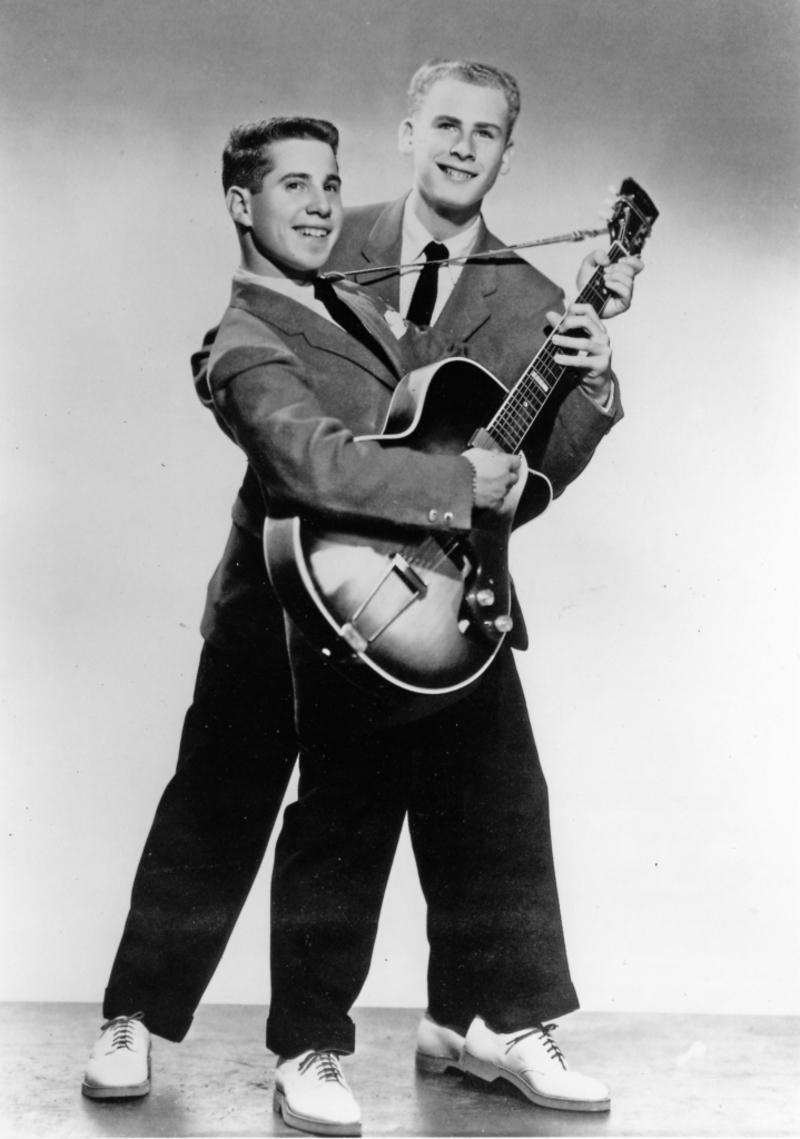
Both were fascinated by music and the growing rock-n-roll scene, and in 1956 they wrote their first song, “The Girl for Me.” They were overheard recording their first hit by promoter Sid Prosen, who signed them when they were only fifteen.
How They Met
You may think that these two discovered a mutual interest in music and the rest was history, but you’d be wrong. It was a grade-school play that first brought them together. Their shared interest in music soon became common knowledge and they started their careers. The play was “Alice in Wonderland” – Simon played the White Rabbit, and Garfunkel played the Cheshire Cat.
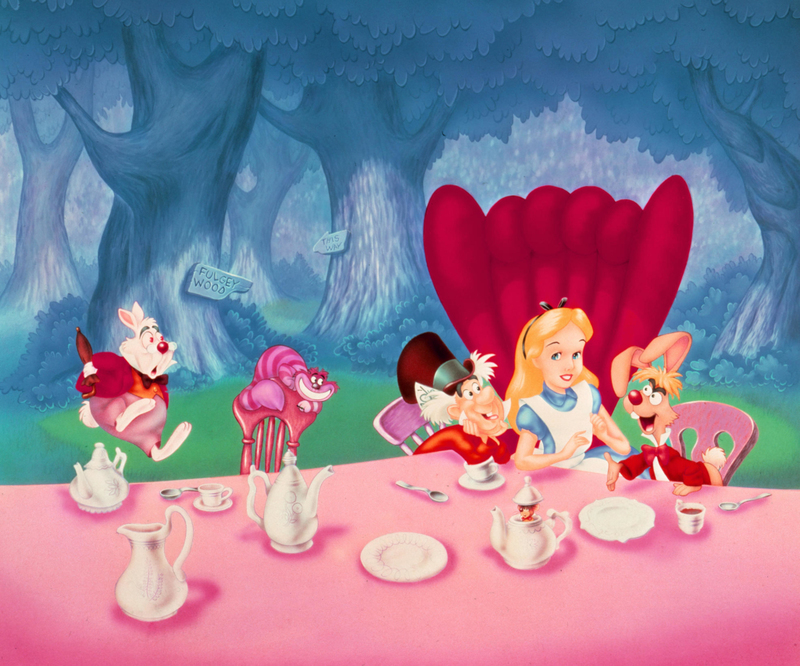
It’s possible that the play was a musical, which would have made sense since the two both loved music. Simon as the White Rabbit and Garfunkel as the Cheshire Cat both make a lot of sense though.
Not Just Music
Other than music, the boys had plenty of other interests. For example, Paul Simon was one of the stars of his high school baseball team. Garfunkel, after a lung infection, sidelined his singing when he was in his early teens, found a love of basketball, which he could play without tiring himself out too much.
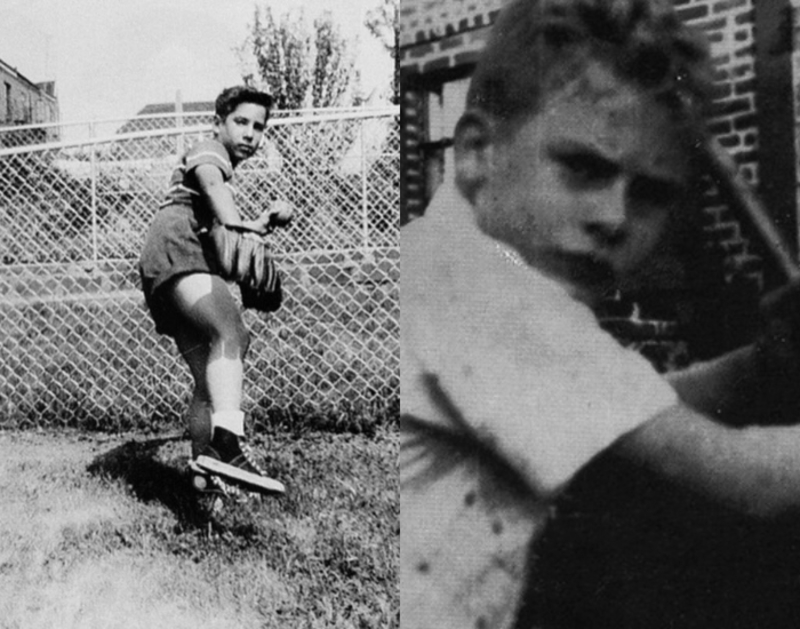
Garfunkel was also a member of the tennis, skiing, fencing, and bowling teams while he was at college, and often assisted his roommate with homework after said roommate went blind. Simon was part of the Alpha Epsilon Phi fraternity while in college.
Parents and Families
We all know that our parents largely affect how our adult lives develop. In this case, both Simon and Garfunkel got lucky. Garfunkel’s family was Jewish and enjoyed listening to him sing in the synagogue so much that they wanted him to continue. He sang for four hours at his own bar mitzvah. Simon too prospered. His father, a musician himself, was extremely supportive of his son’s musical aspirations.
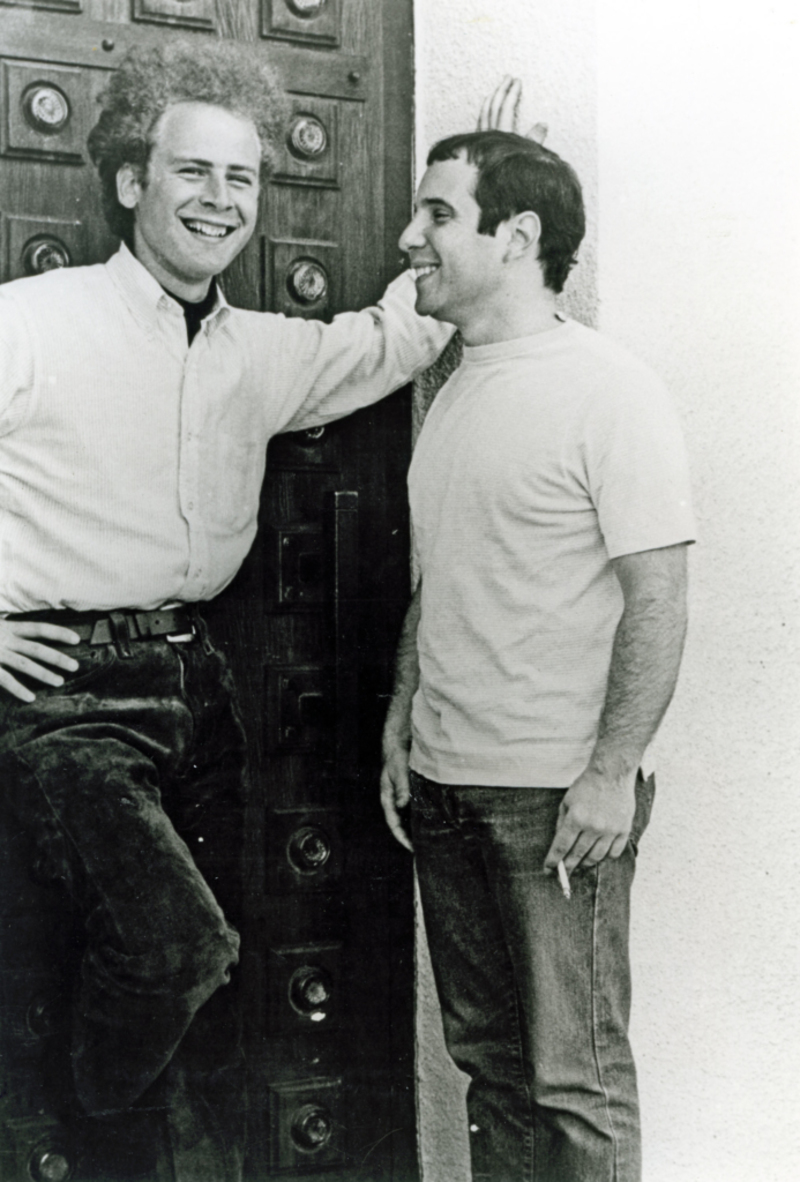
Since his father was part of the music business, Simon was greatly inspired and took his father’s words to heart, leading to the creative drive that would continue throughout his life.
The First Name They Took
Simon and Garfunkel had been together since the sixth grade. Even at that tender young age, they were singing and playing together, and conducting radio shows. All the way back in 1957 they signed to the independent record company Big Records under the name…Tom & Jerry.
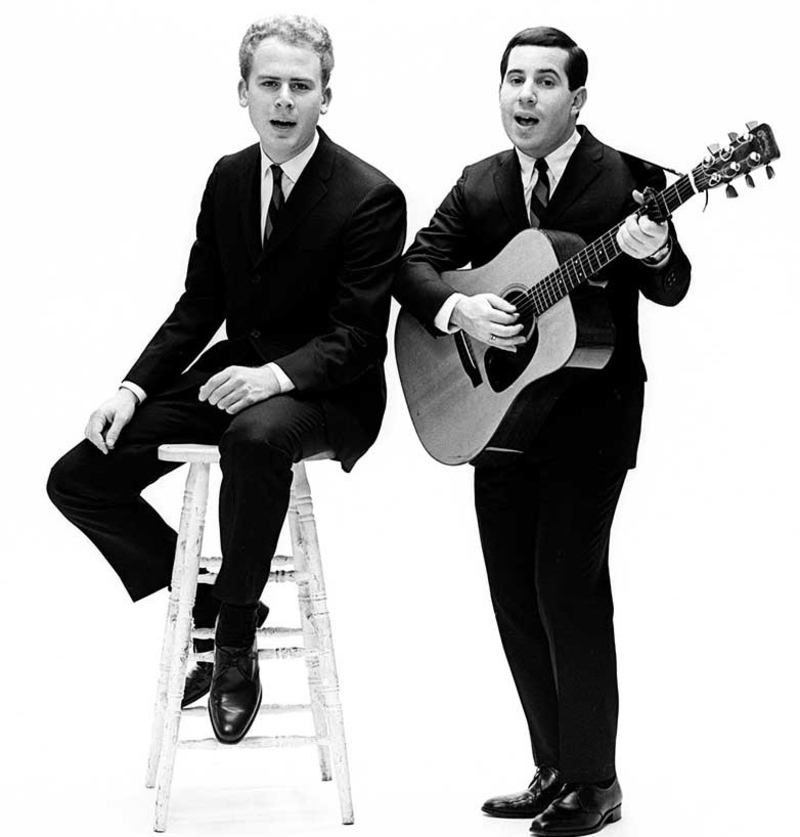
Their first single, “Hey Schoolgirl,” did relatively well for first-timers; getting all the way to number forty-nine on the Billboard Top 100 chart, and selling over a hundred thousand copies. Since the two were only teenagers, this was quite a success. They each earned about two thousand dollars, or about $18,000 today.
Musical Inspiration
Simon and Garfunkel certainly won’t be the last folk-rock duo (thanks mostly to their own influence), and they weren’t even the first. The inspiration they used to build their brand was the Everly Brothers. Don and Phil Everly were a huge inspiration for the friends, and “Hey Schoolgirl” was directly based on their musical style.
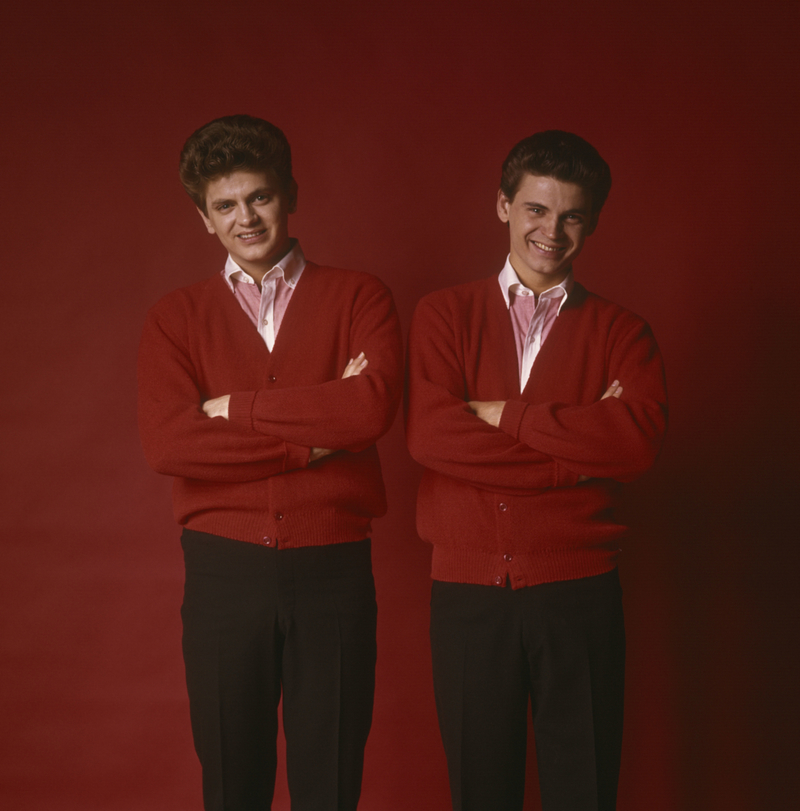
Just like the famous duo they went on to inspire, the brothers had a contentious relationship, with breakups, reunions, solo albums, and fights. They quit in 1973 after more than twenty years together but would come back together in 1983 until their retirement in 2005.
Homework Comes First
As they continued performing as Tom & Jerry (an apt name, given their quarrelsome nature later one), they enjoyed making music, money, and fans, but both of them decided to focus on their studies.

Garfunkel studied architecture at Columbia University, quickly switching to art history, and then got a master’s in mathematics education. Simon, on the other hand, got a degree in English Literature from Queens College, CUNY, and then spent a little bit of time studying law in Brooklyn. Both members of this group had plenty of options open to them, but things wouldn’t always be easy.
The First Split
By the time the guys were in their twenties, they were a big success. They were able to handle their sudden success thanks to their friendship, and clearly, the support of each other helped them reach their artistic heights. However, Simon decided he wanted to go the rest of the way on his own, and Garfunkel was none too pleased.
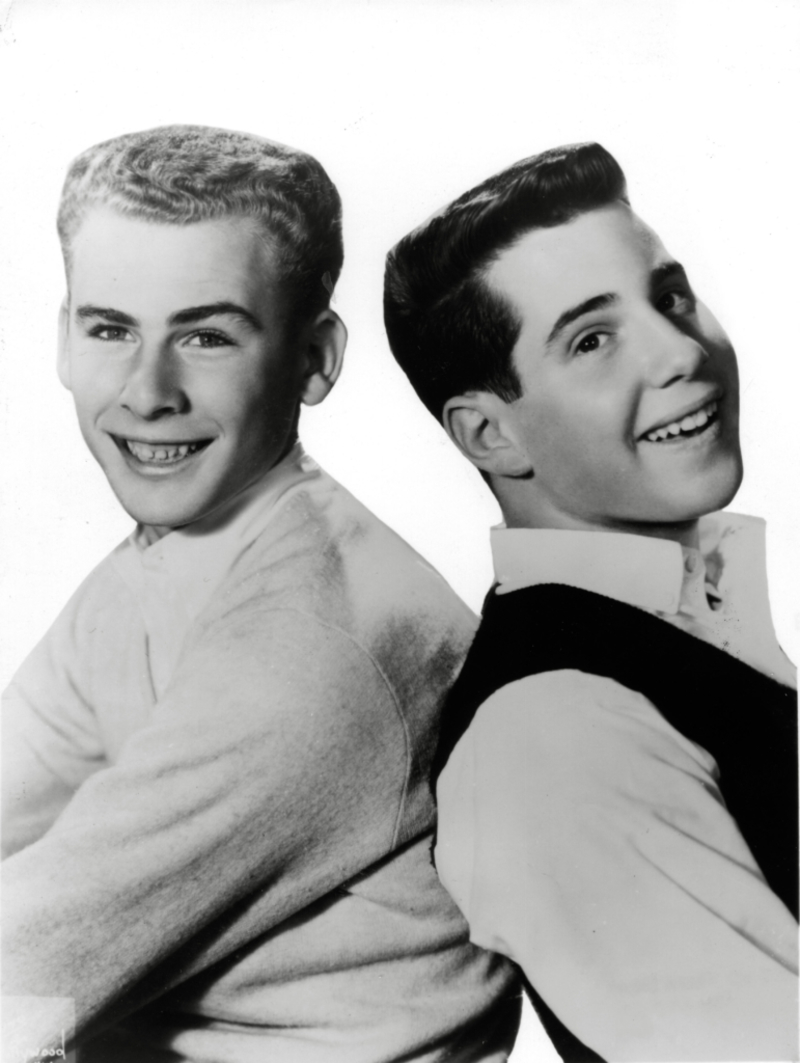
It turned into a feud that would last the better part of ten years. Garfunkel felt betrayed by Simon’s attempt to go solo, and the feeling never really left him, even after all the number one hits.
Working Together
Even while Simon was trying to build his solo career, the partnership never ended, and the two continued to make music together. After they finished college, in the early sixties, they returned to their old ways once again, making music and performing at folk clubs.
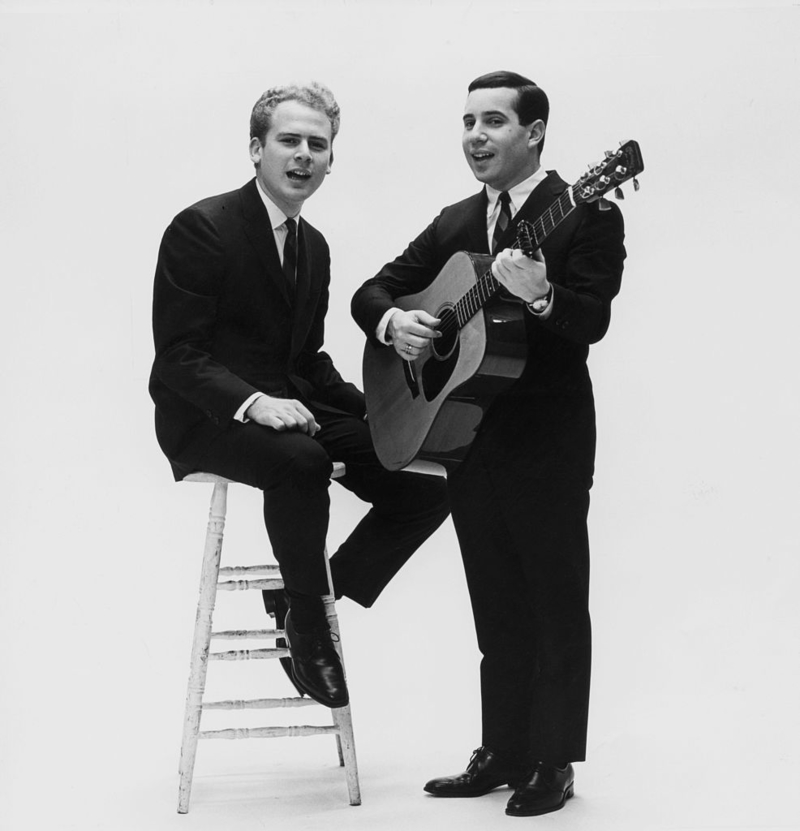
By this time they were in their mid-twenties and decided that the name Tom & Jerry was a bit juvenile for their tastes and needed to change things up. Asking friends and family for suggestions didn’t net them any helpful options, so they did something that would change the face of folk music forever.
Simon and Garfunkel
Classic. Memorable. Powerful. Since no one could come up with a good band name, the two took a different track and just named themselves after themselves. The rest is history.
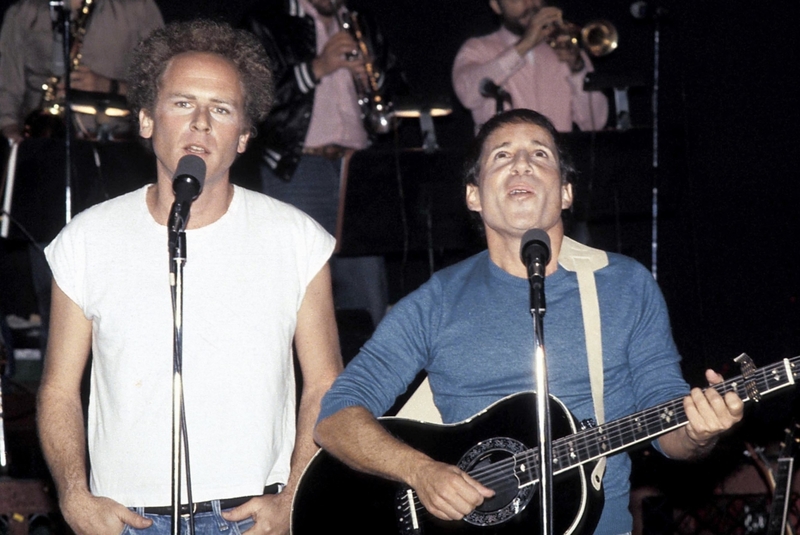
From Tom & Jerry to Simon and Garfunkel was an overnight shift that reflected their changing maturity. They had multiple number one hits, multiple breakups, and a final end to the band after decades, but the name stuck with them through thick and thin. Even the name itself has a little bit of poetic power to it, and it’s possible this is why it became such an easy moniker to remember.
Growing Pains
Changing the name didn’t lead them to fame and fortune immediately, and neither did their first album. “Wednesday Morning, 3 A.M.” came out in 1964, sold rather poorly, and didn’t even reach the heights of their success as Tom & Jerry.

Simon once again bounced from the partnership, unable to handle the failure, and this time he even moved across the pond to England. However, their collaboration again hung on by a thread, and their following work would blow everything out of the water when it came to folk song success. It only took four years to change everything.
The Updated Song
Few songs have reached across the boundaries of genre, generations, and taste like “Sounds of Silence.” From the original rock version to the version by heavy metal band Disturbed, everyone has found a way to enjoy it.
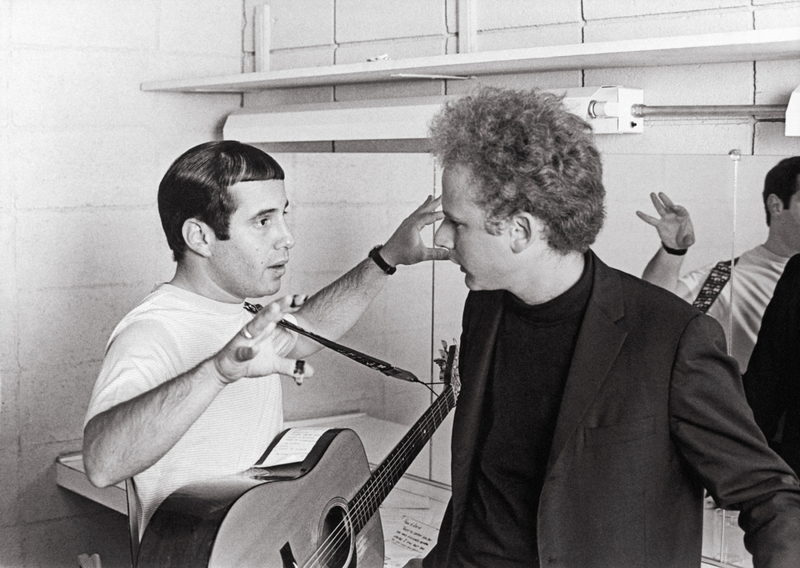
The song was originally a much more folky tune, with the duo singing and Simon playing guitar. However, the single flopped and the two broke up. Then, the recording company dubbed in an electric arrangement with guitar, bass, and drums, and released the single again. The overwhelming success became the jumping-off point for their career – once they reunited.
Five Full Albums
Their first album came out in 1964, and by 1968 they had three more: “Sounds of Silence” (1966), “Parsley, Sage, Rosemary and Thyme” (1966), and “Bookends” (1968). After “Bookends”, the duo started working on their most famous, and last, studio album, “Bridge Over Troubled Water”.

It came out in 1970 and reached number one on eleven weekly charts, as well as five more year-end charts. It sold more than twenty-five million copies and was platinum in the US, the UK, Germany, France, Canada, and Austria. It also won five Grammy awards…and the whole time, Simon and Garfunkel was coming apart at the seams.
The Cracks Deepen
When “Bridge Over Troubled Water” came out, the two were everywhere. They appeared on “The Ed Sullivan Show”, “The Andy Williams Show”, and lots of other places. They topped all the charts and played from every radio and record player.
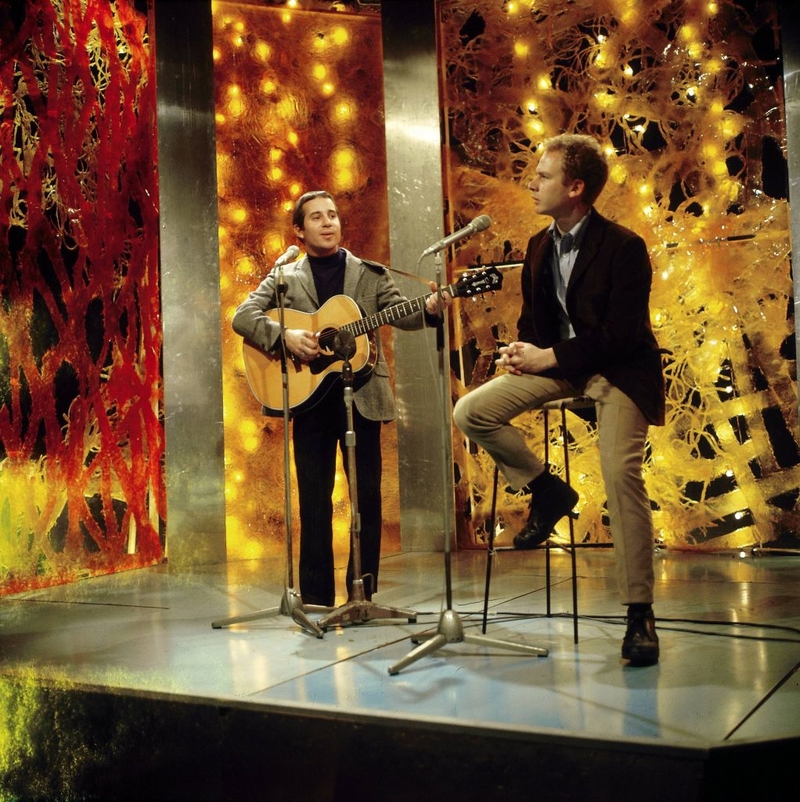
When they started recording in 1968, the big problems in their relationship came to the forefront. They’d been frenemies since childhood, appreciated each other’s sense of humor, and were incredibly close, but it was never perfect. Garfunkel said in the eighties that they were trying to create “one perfect person,” which just can’t be done, as any married couple knows.
The Problems Between the Two
Simon was using Garfunkel’s popularity to advance his career, and Garfunkel, being more laid-back, was using Simon’s drive. Garfunkel admitted he might not have had a career if not for the constant motion that Simon encouraged.
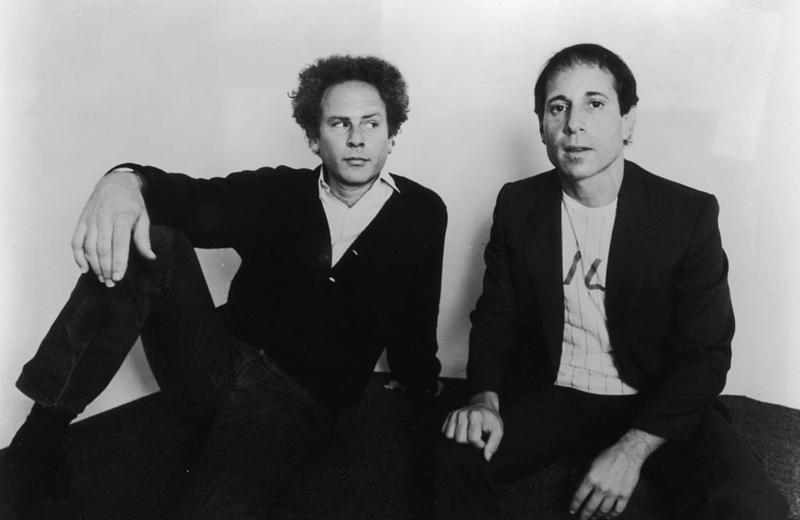
They began working on another album after “Bridge” named “The Boxer and Baby Driver” when Garfunkel made a decision. It was all thanks to Mike Nichols, a big fan of the duo and the director of an upcoming movie, “The Graduate”. You see, he wanted Simon and Garfunkel to contribute some music for his film. That’s not too much to ask, is it?
Mrs. Roosevelt?
“The Graduate” was a hit, and the duo’s soundtrack song, “Mrs. Robinson,” was a similar hit. Both the movie and the song are considered some of the best, and the duo also added plenty of other songs to the soundtrack beyond the famous single.
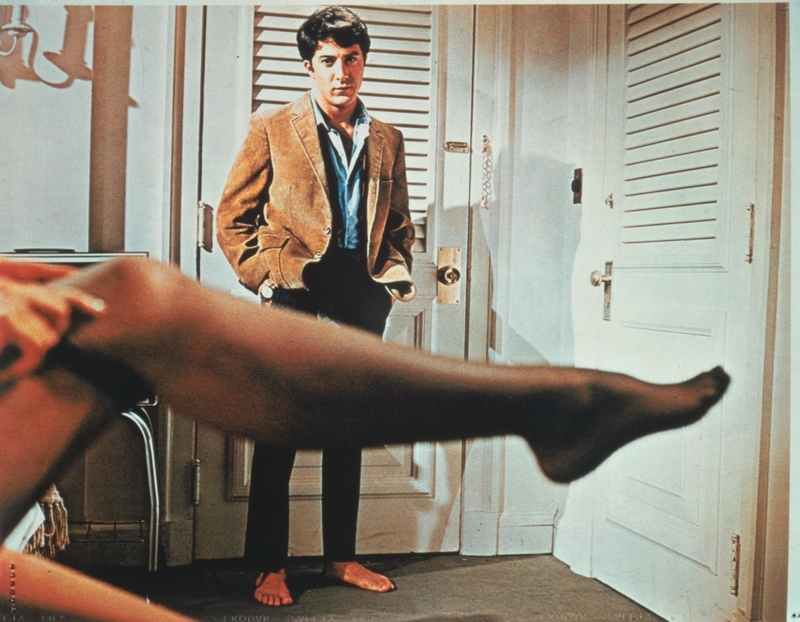
The original title for the song was “Mrs. Roosevelt,” and while Garfunkel was still playing around with it, he talked to John Nichols about it, who shook his head. “Don’t be ridiculous! We’re making a movie here! It’s Mrs. Robinson!” Thankfully Garfunkel agreed, and the famous song had its famous name.
The Song From the Movie
The final version of the song was completed on February 2, 1968, and was released to the general public three months after “The Graduate” came out. To call it an instant hit is to do the song a disservice. It was everywhere. Every radio played it, and every home listened to it.
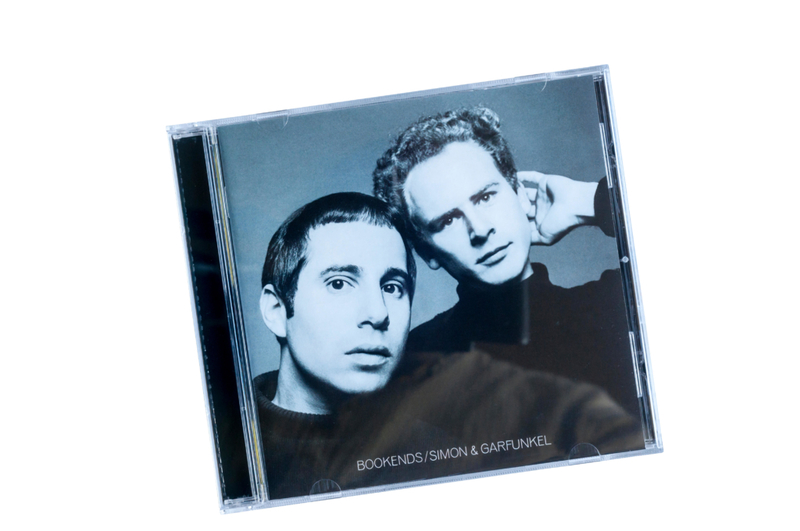
It became impossible to separate the song from the film, and the film’s promotion during its initial theater run made heavy use of the track – the song was practically mandatory listening whenever you saw a poster or other piece of advertisement for the film.
The Jump to Film
As he was working on Nichol’s movie, Garfunkel thought it would be fun to try acting. Any director would be a fool to turn down a name that would get so many eyes on his next project, which is why Nichols cast Garfunkel as Lieutenant Nately in his next film, “Catch-22”.
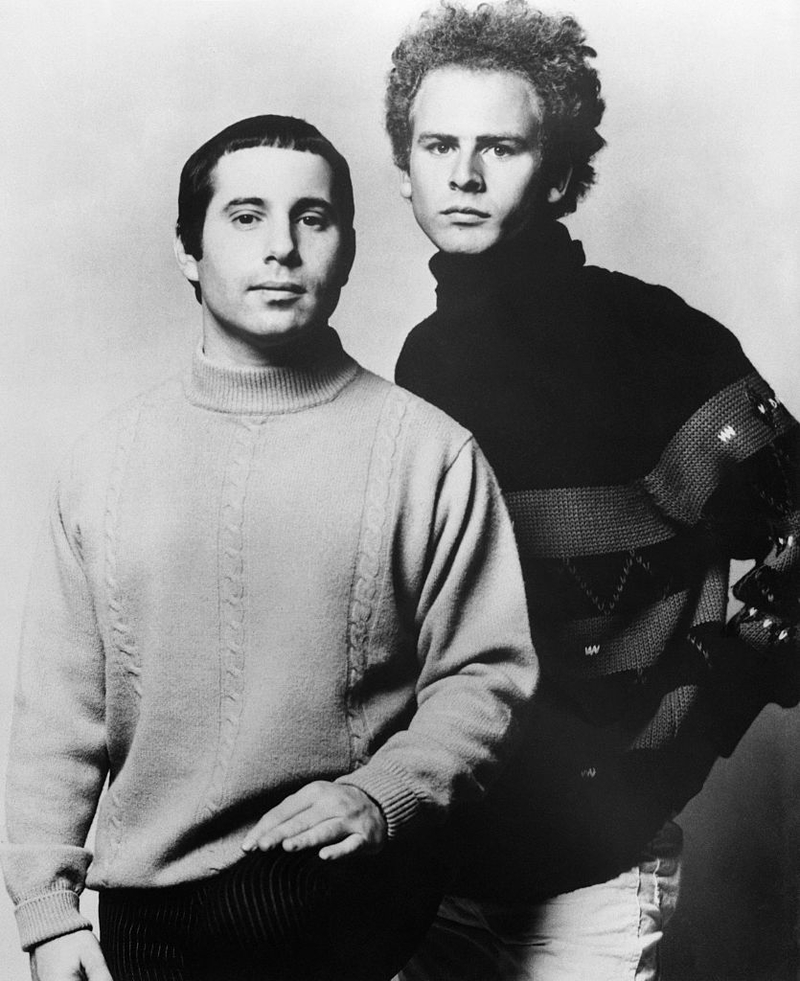
Simon also got a role in the movie, but right before filming Nichols informed him that the role, a serviceman, had been cut from the final script. As you might imagine, it was yet another wedge driven between the two friends, all while they were still working on “Bridge”.
A Partnership’s Problems
While Garfunkel rose to fame as both a musician and an actor, Simon became resentful. As Garfunkel had the time of his life on set with actors and palled around with other celebrities, Simon stayed in New York writing material for the upcoming album.

Frustrations grew and expanded, and a pair of songs in particular really got them thinking about their future and relationship. We can certainly understand why when one member of a duo starts to get really famous, the other member can be resentful. It’s happened plenty of times to plenty of artistic partnerships, musical or otherwise.
Songs and Their Personal Nature
Simon poured his frustrations with Garfunkel into some of his songwriting and music. In the song “The Only Living Boy in New York” are the lines “Tom, get your plane right on time / I know your part’ll go fine / Fly down to Mexico.” It’s pretty easy to see this is Simon dinging Garfunkel (AKA Tom) for ignoring his band duties for filming.

Garfunkel returned in September 1969, and work resumed on the album, recorded in Detroit and Wichita. Both members were exhausted, which wore nerves thin. Garfunkel even confessed that he was getting pretty upset with Simon.
More Acting, More Problems
It turns out Garfunkel really enjoyed acting. He even took another role from Nichols, alongside Jack Nicholson in “Carnal Knowledge”. Years later, Simon would admit he was so frustrated with Garfunkel for jetting off once again he started to really think about the future of their partnership.
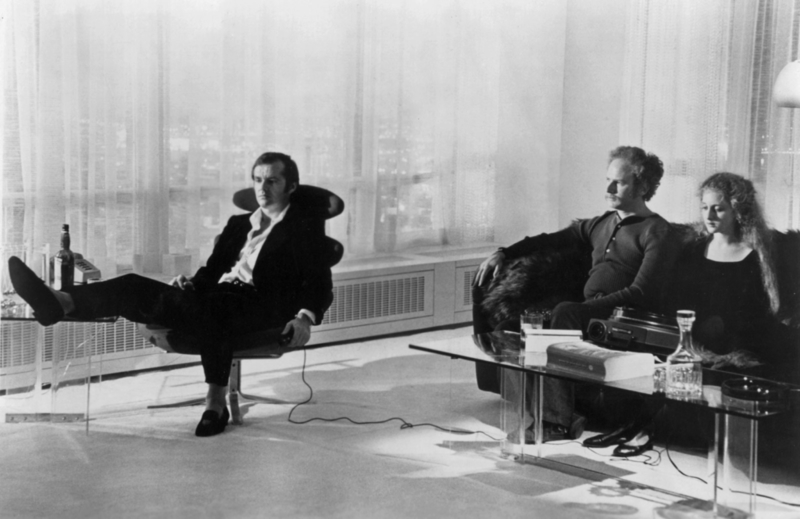
He recalls asking Garfunkel, “Why didn’t you tell me?” Garfunkel was afraid Simon would stop working on the music.” Simon was unhappy – disturbed was the word he used – with the choices Garfunkel had made, and it led to a big change in the future of their career.
Success With Failure
“Bridge Over Troubled Water” was a huge success. The addition of session musicians dubbed The Wrecking Crew – including Joe Osborn on bass guitar, Larry Knechtel on piano and organ, and Hal Blaine on drums – bumped the production to a new level. But the success of the album was just another wedge between the two.

Their partnership was falling apart, and Simon was even starting to hate the tours, especially when Garfunkel would do a solo rendition of the song “Bridge Over Troubled Water.” As the crowd went wild, Simon would be standing in the wings, looking on with jealousy.
Rockumentary
In 1969, CBS aired “Simon and Garfunkel: Songs of America” a unique television special about the duo. It was a conventional rockumentary that featured interviews with the two, footage of them working in their studio, and footage from their 1969 tour.
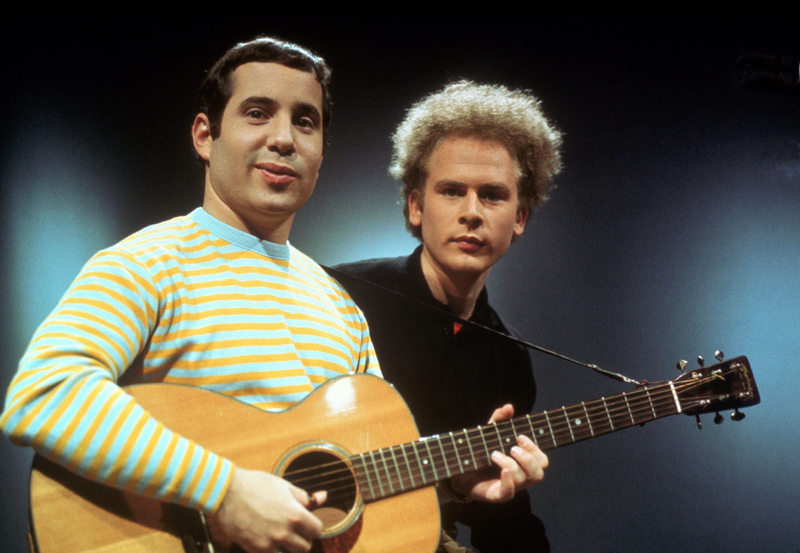
Songs from “Bridge Over Troubled Water” made early appearances, and even has a rehearsal of the never formally-recorded “Cuba Si, Nixon No.” The rest of the special is a series of montages depicting the cultural upheavals of the sixties, including Martin Luther King Jr. and the assassination of John F. Kennedy.
Saying Goodbye
Since Simon had solo songs to perform in most shows, Garfunkel thought it was unfair that he didn’t have a song that was just him on his own. Fair point! When Garfunkel learned about Simon’s concerns and feelings, he didn’t respect them enough, and so the stage was set for a breakup for good.
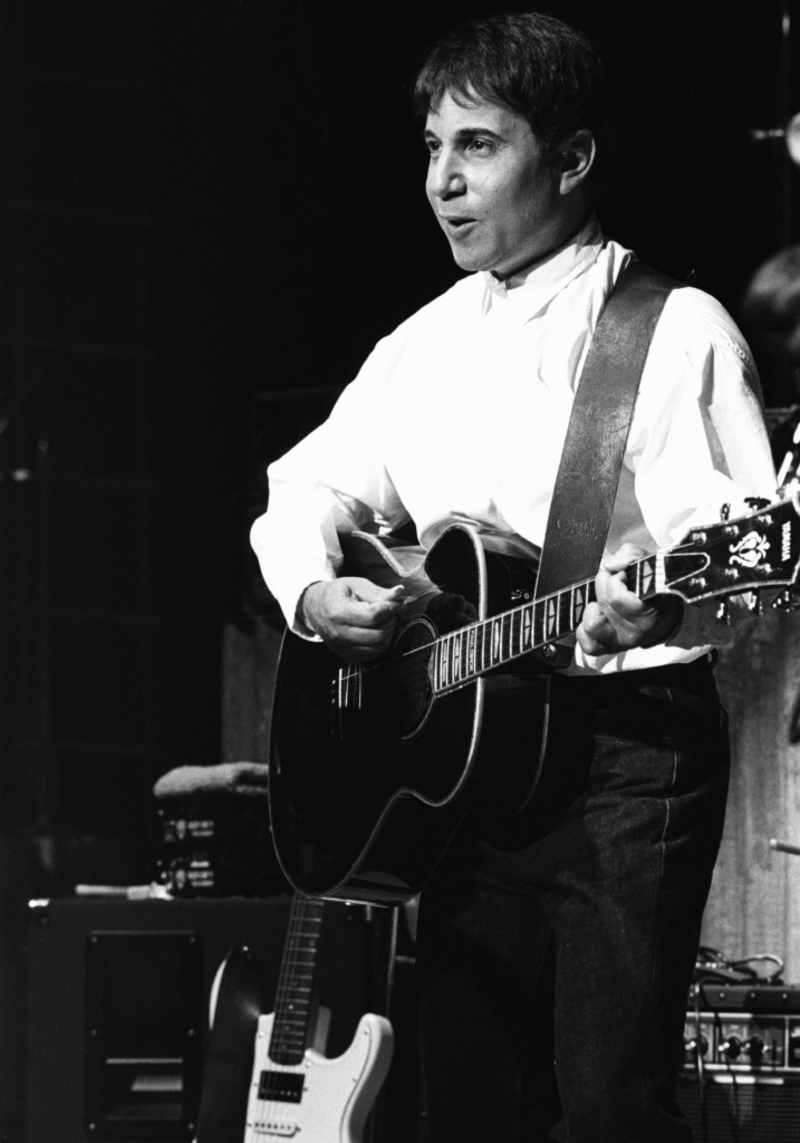
The two continued performing until July of 1970 – after a concert at Forest Hills Tennis Stadium in Queens, the two shook hands in the parking lot and called it quits for good.
Or Not
The hiatus lasted mere months until the two reunited for a brief set as part of a fundraiser for presidential nominee George McGovern. They performed together, but it was clear the energy was gone. They hardly seemed to be on the same page, and the music suffered.
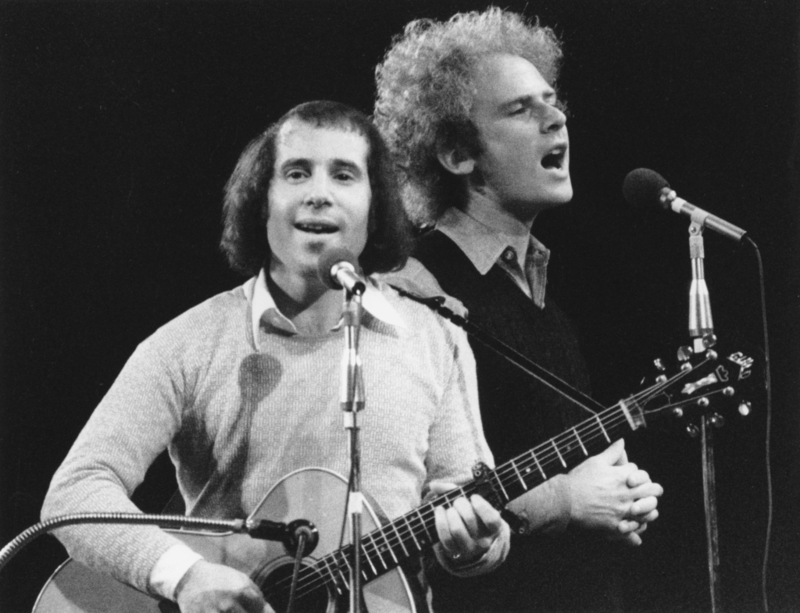
“Rolling Stone” described them as looking like they hadn’t spoken in 12 years. It seemed like this once-legendary duo had really done it after all this time, and gone their separate ways. At the very least, their artistic partnership was over – but of course, you know that’s not the truth either.
Friendship Turned to Business
The whole music-loving world knows that Simon was a great singer-songwriter, but not many know that he was bitter about the work he did with Garfunkel. As the split increased in length, both musicians spoke about it – remember, they were both still in their twenties when it happened.
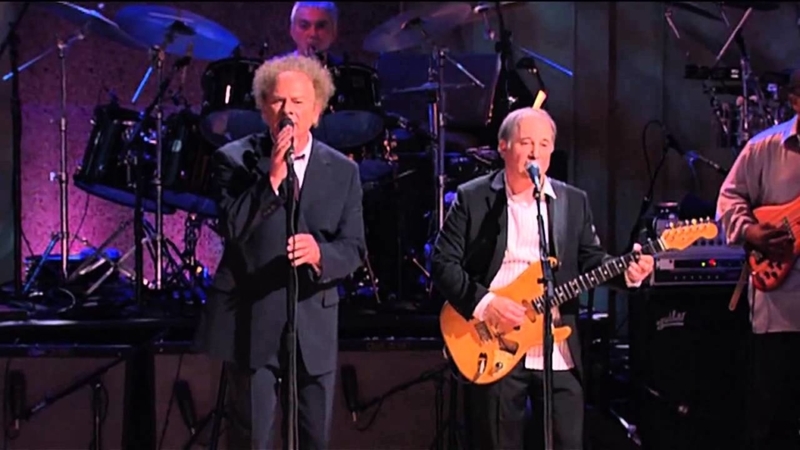
Garfunkel said the biggest reason was that it put pressure on their friendship: “We were forced to travel together for business; it began to tell on our friendship.” Having to keep a friendship going even when you’re at odds in writing, touring, and projects seem like a painful toll.
The Single Double Credit
With a duo like Simon & Garfunkel, you’d expect lots of songs to be a mixture of two types of genius, but you’d be wrong. In fact, only one song in their entire history was the product of both minds. And even stranger, it was their very first success, “Hey Schoolgirl.”
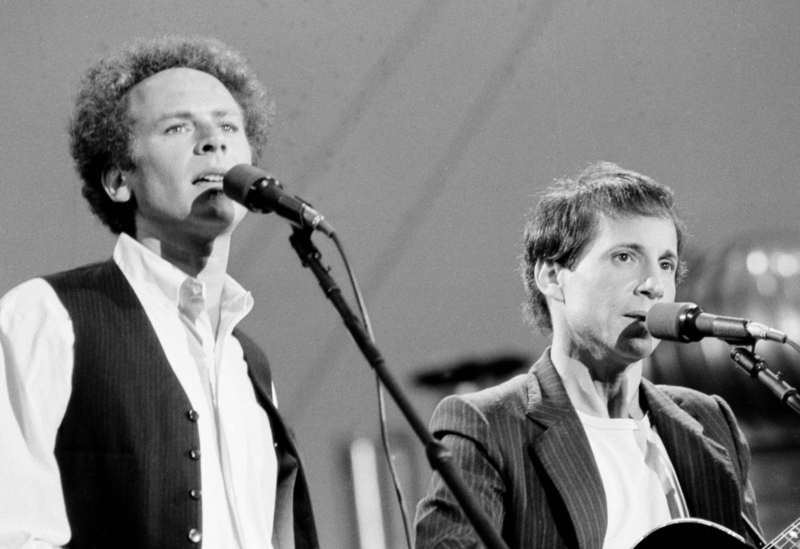
Past that point, Simon becomes annoyed if you insinuate any of the songs were a collaborative effort. Simon says of Garfunkel: “He didn’t write any of the songs. I wrote all the Simon and Garfunkel songs.” It turns out Simon can be pretty touchy, and about more than just his songs.
The Little Guy
The late, great Carrie Fisher, the second of Paul Simon’s three wives, was only one inch shorter than her husband, who stood at five-foot-two. Never one to hold her tongue, Fisher had this to say about the issue: “I used to say to him, ‘Don’t stand next to me at the party, people will think we’re salt and pepper shakers.’”
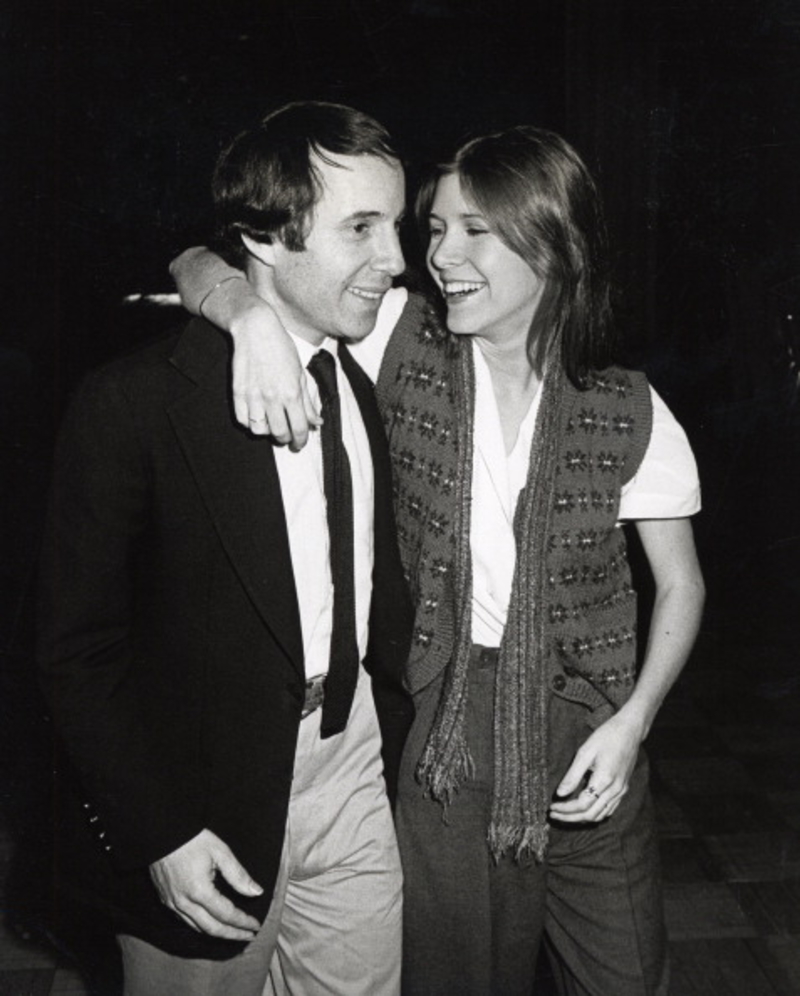
It’s thought that Simon had a Napoleon complex, and when the musician turned 76, he shared his insecurities about his height compared to Garfunkel’s which was eight more inches. One photo session in particular was painfully memorable.
Garfunkel’s Words
Simon has shared the details of the difficult photo session. It’s hard to tell which one, since pretty much any session fits the bill. At one time, Garfunkel was in a mood and told Simon outright: “No matter what happens, I’ll always be taller than you.” This apparently hurt Simon enough for him to remember it decades later.
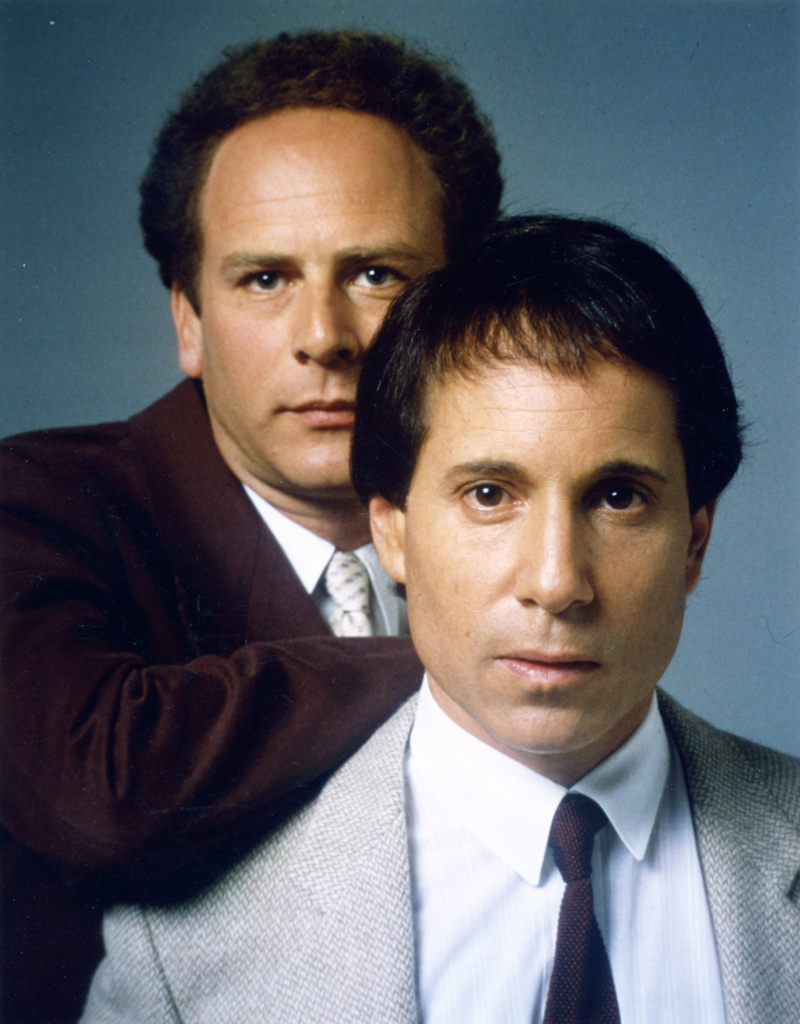
Sometimes people can say things without realizing how hurtful they can be, and Garfunkel seems like the kind of guy who talks without thinking about his friend. Especially if he knew how much Simon thought about his height compared to Garfunkel.
An Uneven Balance
While it seems impossible to separate the two when it comes to their music, in fact, their musical work was quite unbalanced. Simon wrote all the music, played guitar for almost all the songs, and sang backup, while Garfunkel just sang lead.
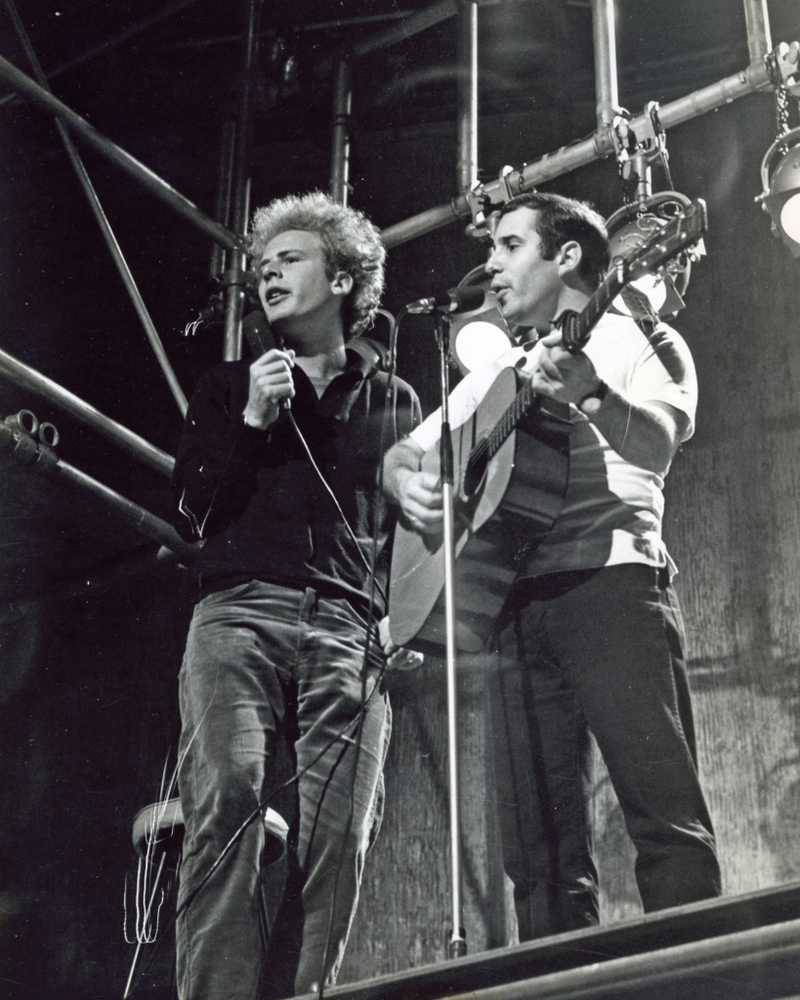
For the most part, this is because Garfunkel was the better singer, but he also did a lot of the work building the vocal arrangements and harmonies. However, it’s true that a bulk of the work came from Simon, and it’s easy to look back now that Paul Simon became a successful solo artist, and Garfunkel…didn’t.
We Move Into the Seventies
With the band now officially broken up – for the time, at least – Simon and Garfunkel parted ways. Garfunkel quit music and worked as a math professor. During the period he also married architect Linda Marie Grossman, though the marriage only lasted three years.
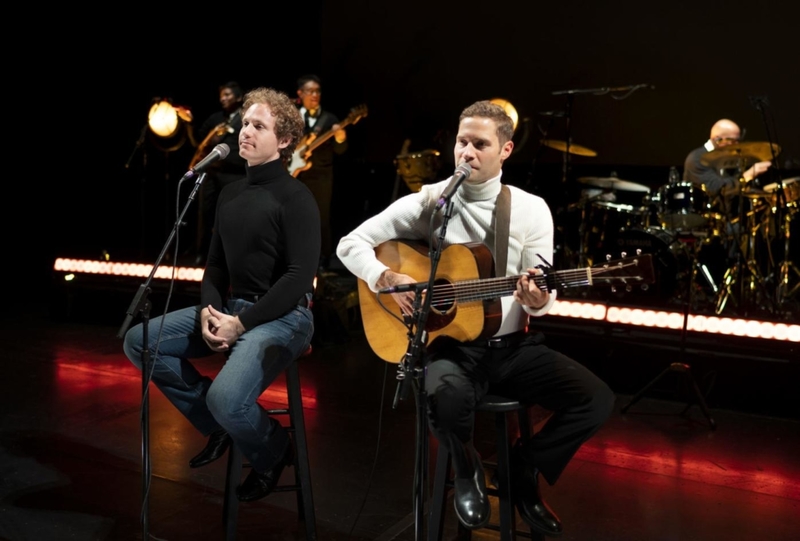
Garfunkel often called this phase a strange one in his life. He recalled his students raising their hands in class and ask what the Beatles were like. It’s possible he was happy to talk about his past but just as likely he would have rather focused on the math.
Eleven Years Later
When Garfunkel divorced Linda Marie Grossman he started dating Laurie Bird — actress and photographer. Their relationship had a tragic end in 1979 when she took her own life. After the event, Simon approached Garfunkel and offered a reunion.
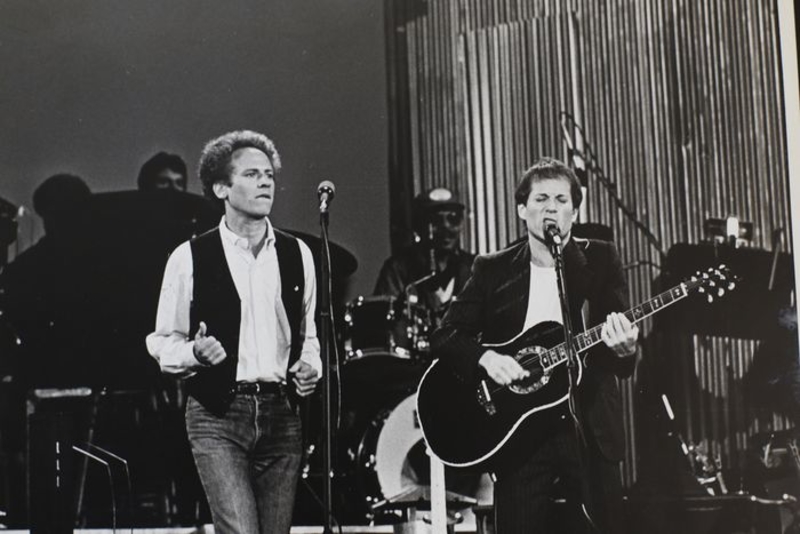
Almost a decade after “Bridge Over Troubled Water”, the pair reunited to host a free concert in Central Park, New York. It had an incredible turnout – more than half a million people attended the concert, and we really can’t blame them – if they reunited today they would probably draw that many.
The Concert Recording
There are few concerts more well known than the 1979 reunion. It had one of the largest attendances in concert history. When Warner Bros. Records released a live album of the show, it went double platinum. A ninety-minute recording of the concert was sold to HBO to the tune of one million dollars.
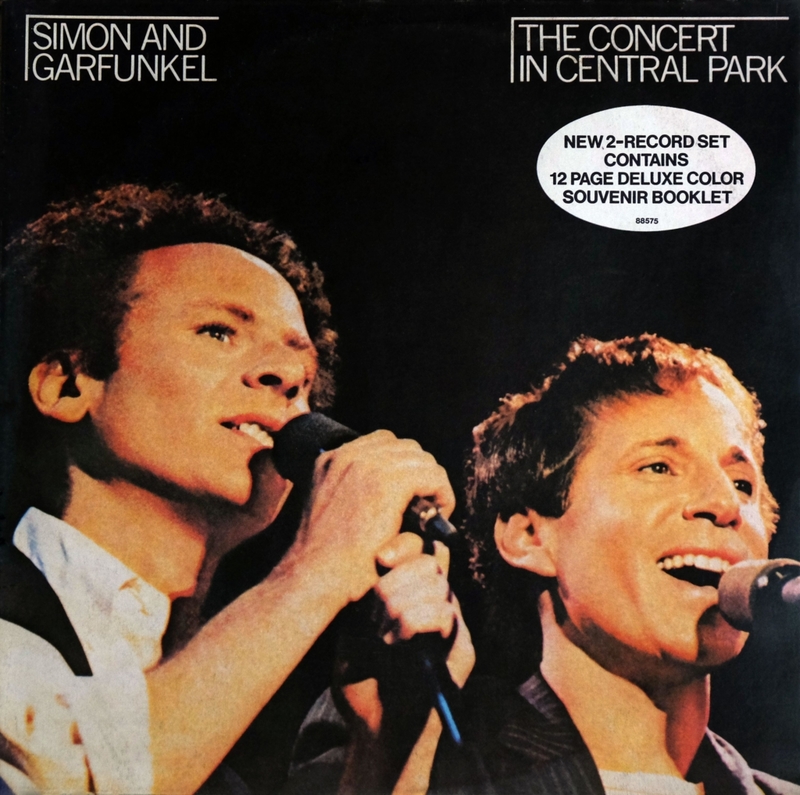
The concert created a renewed interest in Simon and Garfunkel. After talks to smooth out some problems, a world tour began in 1982, but as in the past, the relationship grew contentious. For the majority of the tour, they didn’t even speak to each other.
The Famous Walks of Art Garfunkel
We all like to take walks sometimes. But none of us take walks like Garfunkel. Dan Nash, a sound engineer for the duo, claimed that if Simon upset Garfunkel he would disappear for days, and claim he was just on a walk.
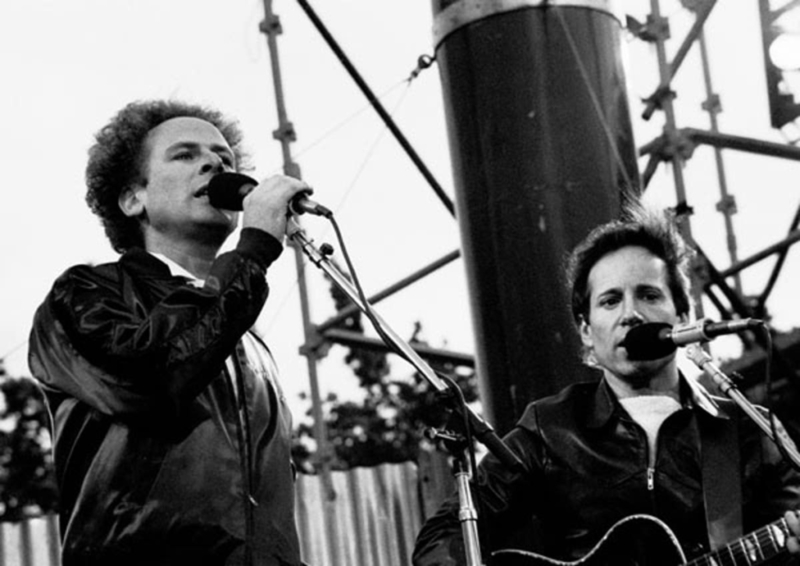
Simon’s demand for independence over the production frustrated Garfunkel, and they even worked in separate studios. Simon was very aware that having them at the same place would improve the sound of the tracks and satisfy a lot of people, but he also knew the incredible rows that would build out of being in close working contact.
The Walking Man
Art Garfunkel really liked to walk. According to legend, he’s walked across much of Japan and a great deal of Europe. He would take long walking trips across America starting in the eighties. By the mid-nineties, he had made forty-one walks, which cumulatively took him across the entire country.
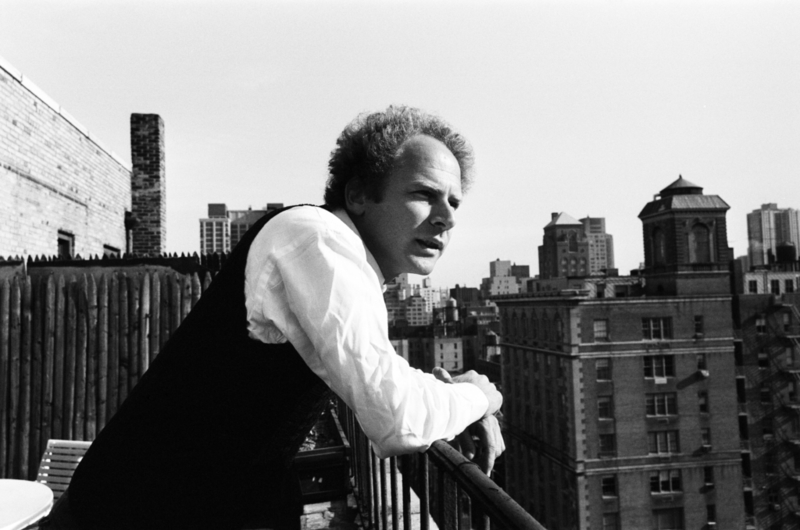
In a 2020 interview with “Mojo”, he said that he would go out for a week or two, walk twenty miles or so during the day, and have an assistant take him to a motel when it got dark. He’d walk eight days in a row and have one day off, then return home to his life.
The Switch to Solo
In most of the songs, Garfunkel was the backup singer and accompaniment to Simon, and he hated being so. These guys had plenty of problems, didn’t they? Anyway, the duo had been working on a duo album since 1982 thanks to pressure from Warner Bros, but their past problems arose, and they fell further apart.
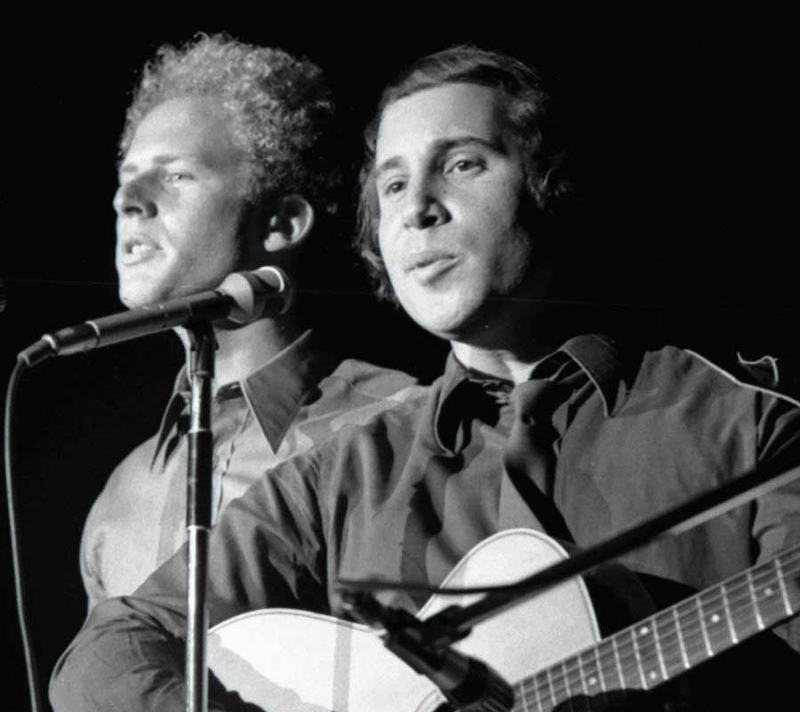
Simon turned it into a solo album, “Hearts and Bones”, which enraged Garfunkel. When “Hearts and Bones” came out in 1983, the pair split again, and Garfunkel’s contributions to the album were nowhere to be seen.
The Smoking Situation
While the two were working on the album – and while it was still a duo album – more problems arose. These two never stopped fighting. Simon thought it was normal for the album to be a duo, but Garfunkel presented problems. He refused to rehearse the songs beforehand and instead played them off the cuff in the studio.
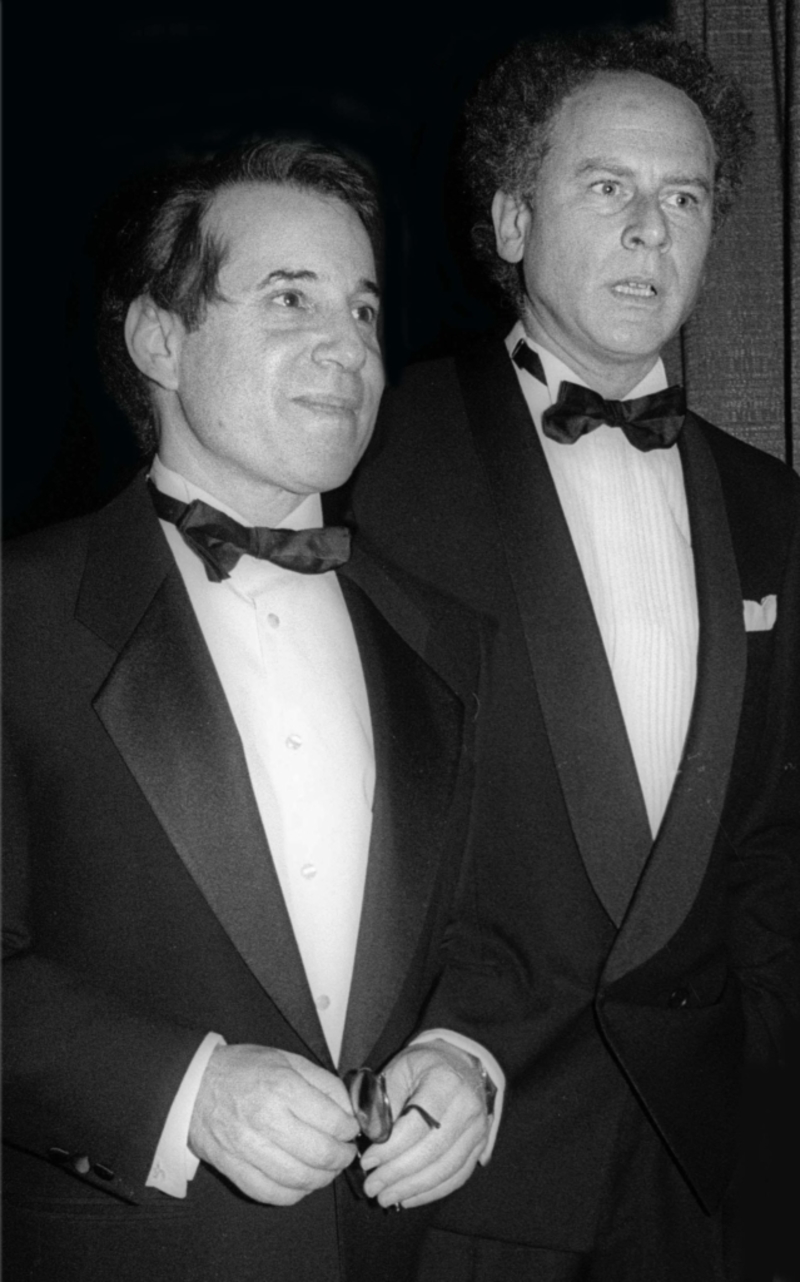
He also refused to give up his long-standing smoking habits, despite Simon’s repeated requests. In addition, Simon recording his 1986 album “Graceland” prevented Garfunkel from working with engineer Roy Halee, which only increased the tension.
A Tour Full of Problems
When the eighties saw success for Simon’s additional solo albums, “Graceland”, and “The Rhythm of the Saints”, the two found their ways back to each other. However, it was just for a final farewell tour. Expectedly, things were tough.
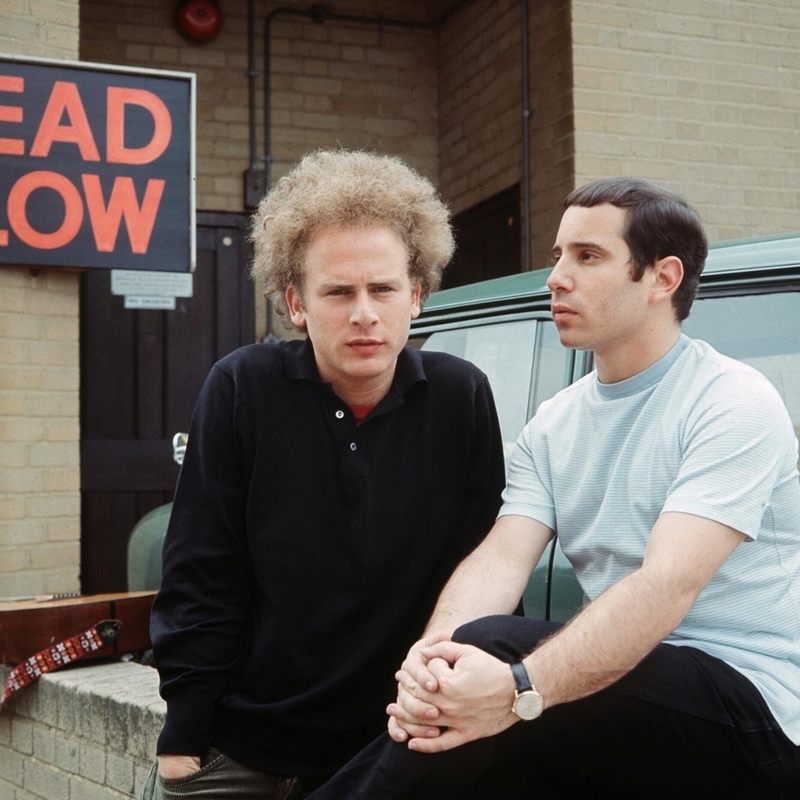
Joseph Rascoff, Simon’s business manager, wrote the book “Paul Simon: The Life” where he described the tour. Rascoff said that they never came to blows as they quarreled, but more than once he had to step between the two to try and defuse potentially violent situations. The fights only got as far as shoving, but that was far enough.
Finding a Way to Continue the Relationship
Plenty of couples, romantic or not, have persevered through times of trouble. Simon and Garfunkel were no exception, but the drama was always looming over.

Simon spoke of one such incident in an interview: “At intermission, Art comes up to me and says, ‘You tried to make me look like a fool on “The Boxer.”’ I said, ‘No, Artie, it was a mistake. Mistakes happen, just like you forgot to do, “Life I Love you.”‘ That’s when he looked me in the eye and said, ‘I didn’t forget. I just wanted to see what it feels like to be made a fool of.’”
Normal Friendship
Though the two were nothing but nerves and angry words during the times of tour or recording together, somehow, someway, the two remained friends. In fact, they got on well. Simon has even said that it was like they were ten years old when not actually working together.
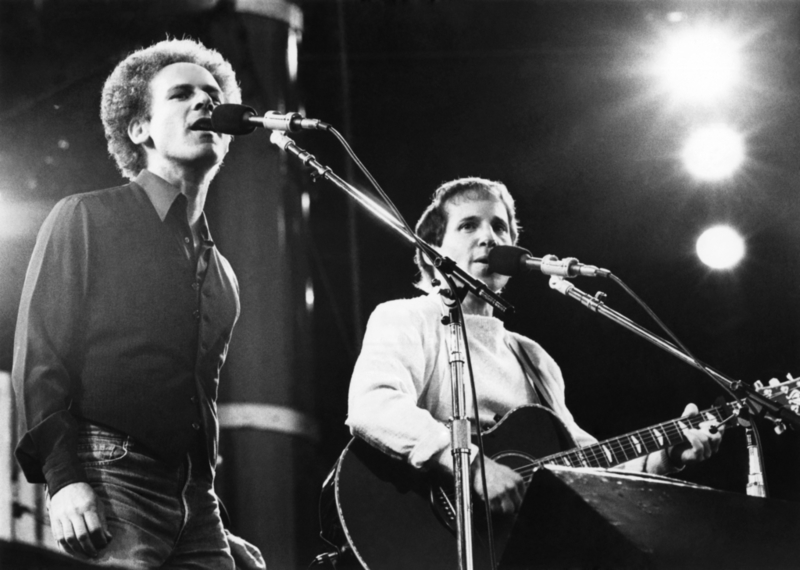
Building the right kind of relationship in business or artistic partnerships takes a lot of time and thought. Though these two had a laundry list of problems to deal with, them being able to remain friends (though there were plenty of bumps in that road as well) is inspiring.
Time Rolls On
The two aged. Some might say they mellowed a little. Many asked if they would ever reunite again. After an experience at the Grammys, Simon revealed that a tour might be in the works.
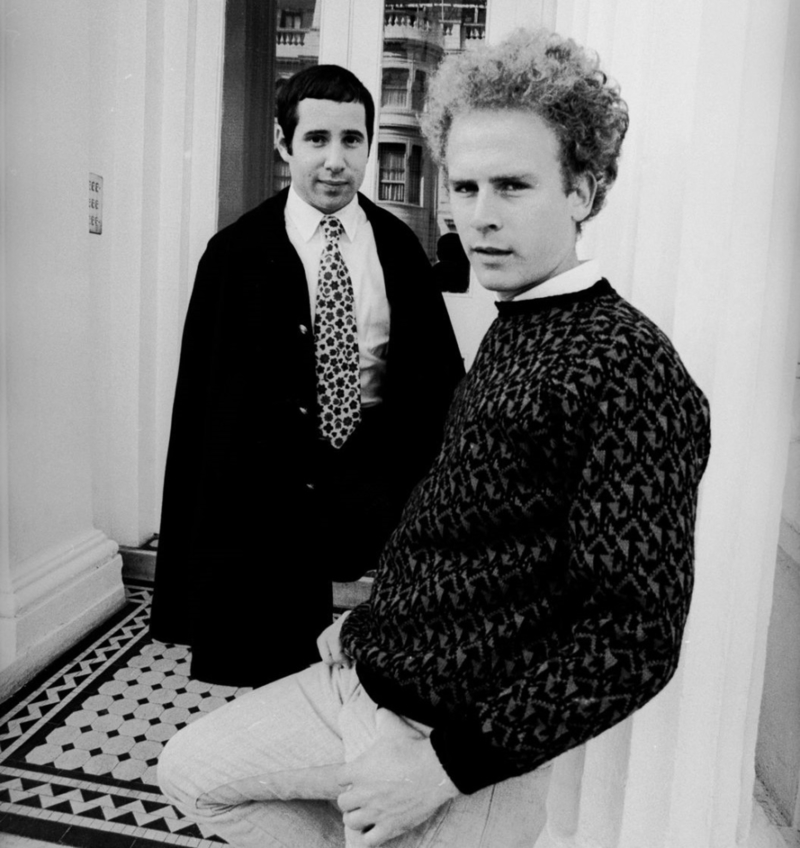
In October of 2003 they set off on the Old Friends in Concert tour, and to everyone’s surprise, they seemed to have genuine warmth together. Both men were now solidly in their sixties. Perhaps the saying is true — time heals all wounds. Or, maybe, tragedy + time = comedy. Who knows why, but one way or another, the tour was a big success.
A Partnership Once Again
Somehow, someway, their relationship took a turn for the better. Maybe they realized petty differences weren’t worth losing a friendship almost as old as they were, or maybe they found ways to work past them. They seemed like old pals again, and for some shows, they even invited their musical inspiration from all the way back, the Everly Brothers.
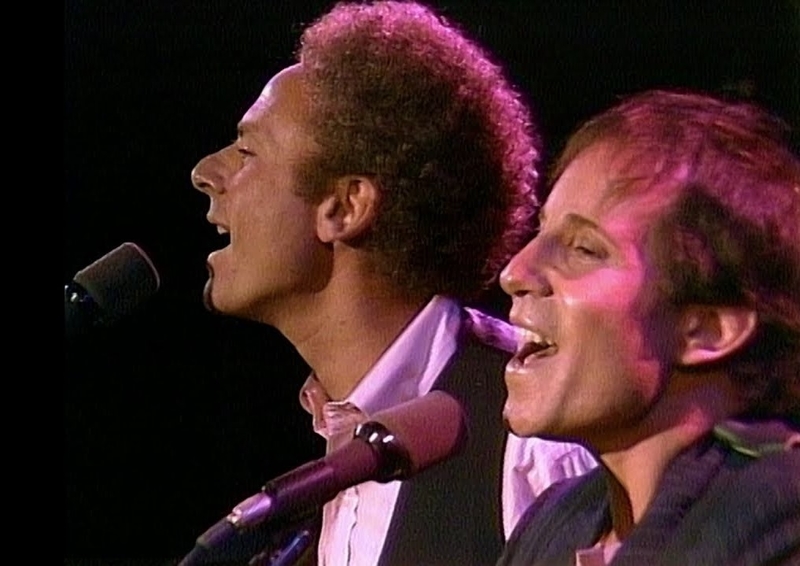
Rumors fly that it took long talks to smooth out some of the problems that plagued their relationship, but were able to come together for a long 2009 tour that took them around the world to Asia, Australia, and New Zealand.
An Evolving Musical Style
Over their long career, the duo played with plenty of different musical styles, moving from a basic folk-rock sound to add elements of Latin music, gospel music, rock, and even R&B. According to “Rolling Stone”, this diverse music struck a chord among lonely, alienated young adults near the end of the decade.
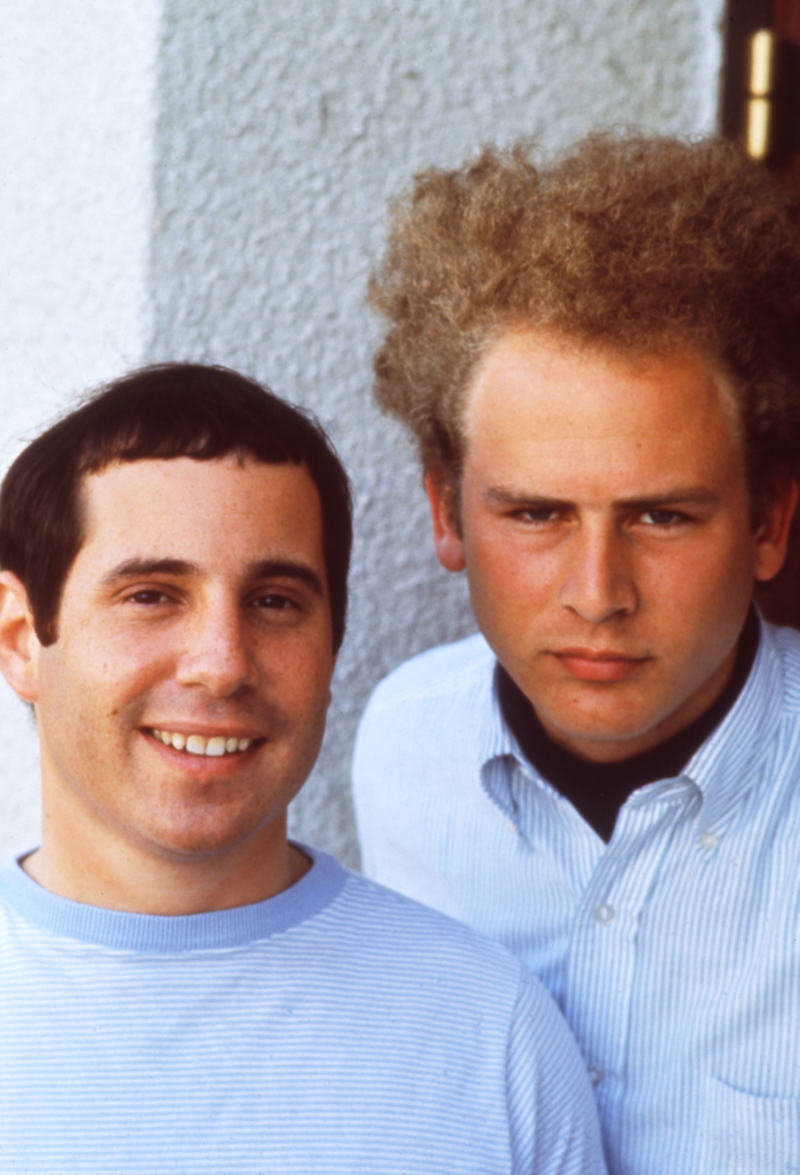
Their clean sound and muted lyricism lost them cool-points during the psychedelic music periods of the sixties and seventies. Still, their music has lasted much longer. They were also much more conservative musically, which made them the perfect gateway act to the weirder aspects of the genre.
Into the Hall
The legendary duo got into the Rock and Roll Hall of Fame in 1990. During the induction, Garfunkel thanked Simon, calling him “the person who most enriched my life by putting those songs through me.” Simon responded with: “Arthur and I agree about almost nothing. But it’s true, I have enriched his life quite a bit.”
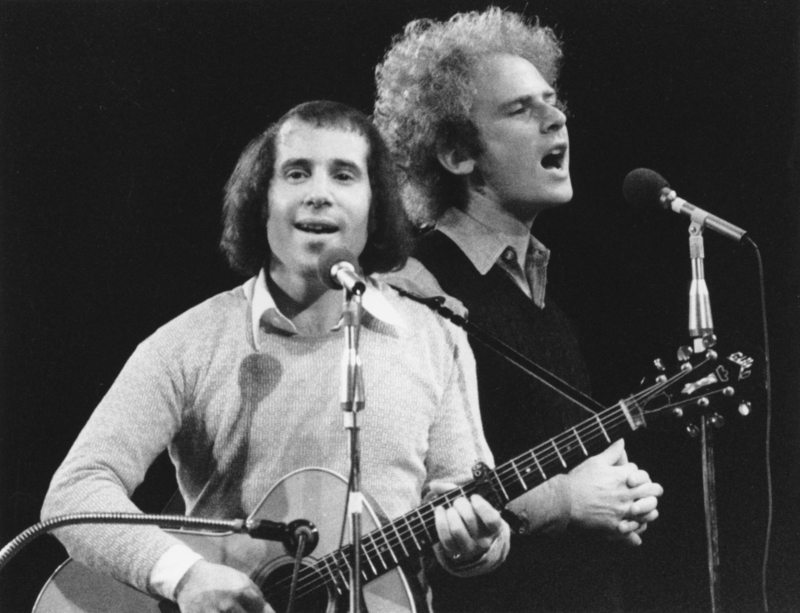
The duo performed three songs at the Hall and then left without speaking to each other. Thankfully, not long after this, their relationship thawed before a long, sold-out tour including a 21-date sold-out run.
Simon’s Solo Inclusion
Simon was inducted into the Rock and Roll Hall of Fame in 2001 as a solo artist. It was during the time his friendship with Garfunkel was at a low point following an acrimonious decade.
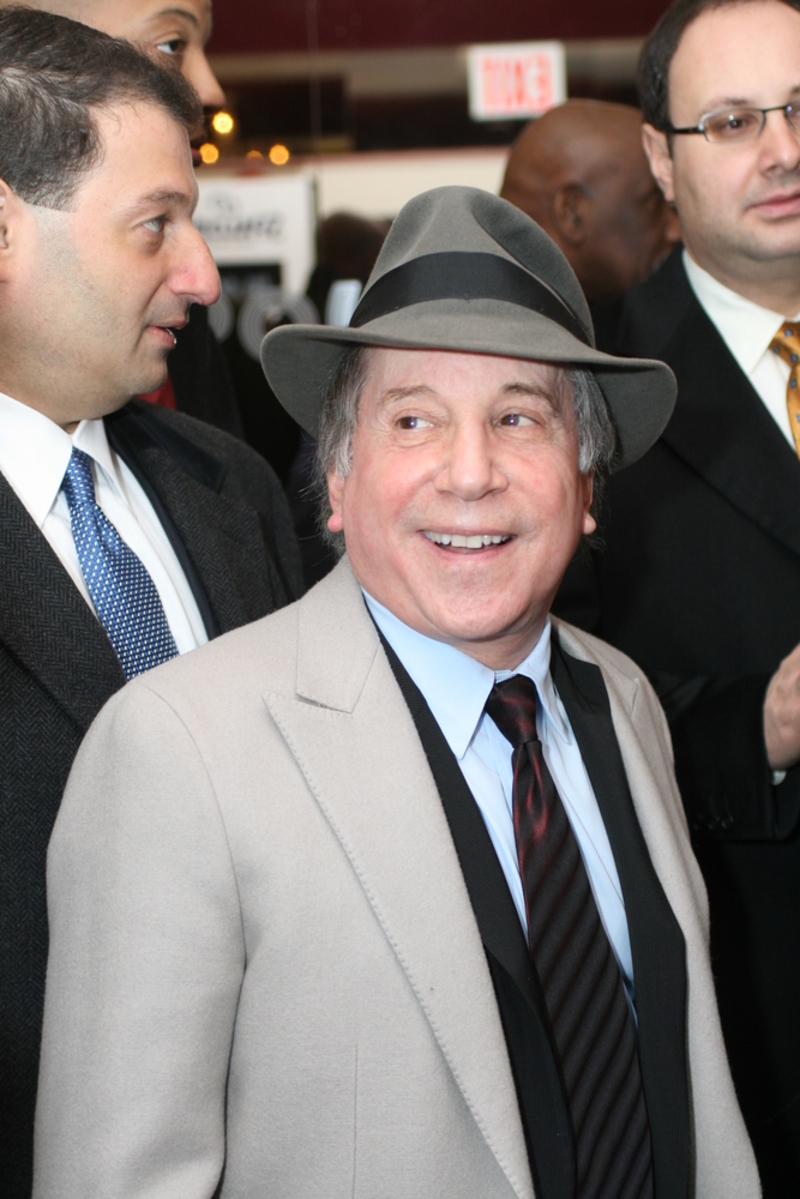
Yet, Simon had kind words during his speech at the Hall: “I regret the ending of our friendship. I hope that someday before we die we will make peace with each other.” He paused for a moment. And then: “No rush.”
Songs That Can Wound
Simon and Garfunkel used their stage to jab at a number of deserving people. “A Simple Desultory Philippic” takes a shot at Robert McNamara, the Secretary of Defense under JFK and LBJ, who increased America’s involvement in the Vietnam War. “Blessed” attacks Christians who pay lip-service to dogma without understanding it.
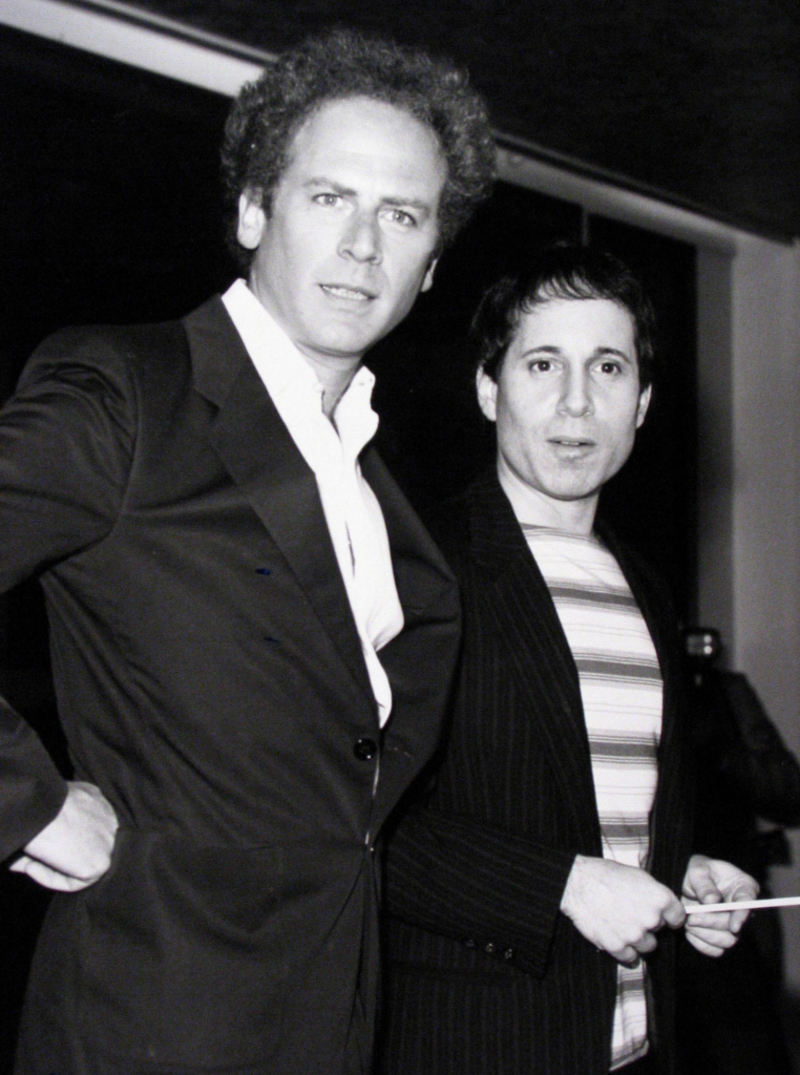
“The Big Bright Green Pleasure Machine” is a parody of advertising, and even “The Boxer” was thought to be an attack on Bob Dylan, though Simon has said it isn’t true (which didn’t stop Dylan from covering the song and returning the salvo to the duo).
Woodstock if they Couldstock
It should come as no surprise that the duo was invited to play at Woodstock, the legendary outdoor festival held in the summer of 1969. The folk-rock duo – the kind of music that flourished at Woodstock – was one of the most popular acts in America, or maybe even the world, but they turned the offer down.
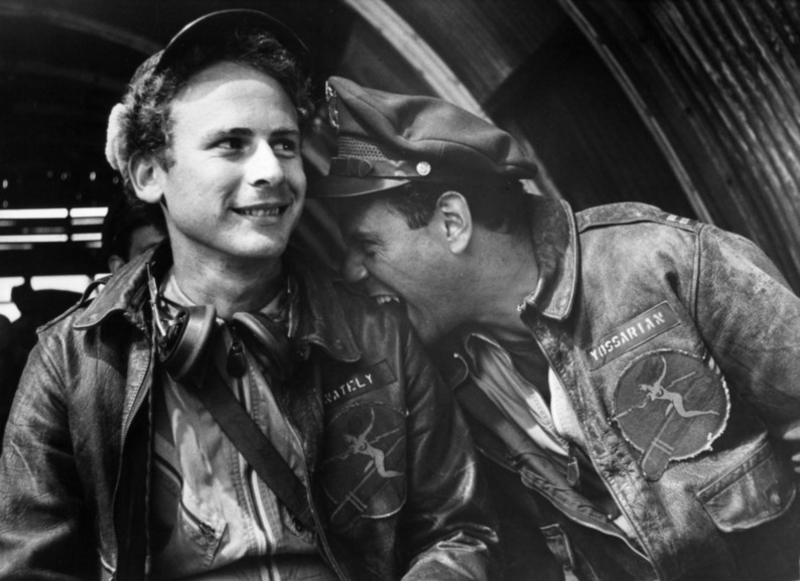
Art Garfunkel was in the middle of filming “Catch-22”. After Garfunkel finished with his acting, the duo wanted to sit down and pound out the songs that would become the album “Bridge Over Troubled Water”.
Not Letting the Old Shame Die
You may think that these two players were more than willing to let their past as Tom and Jerry die a quick and unnoticed death, but you’d be wrong. Well, a little bit wrong.
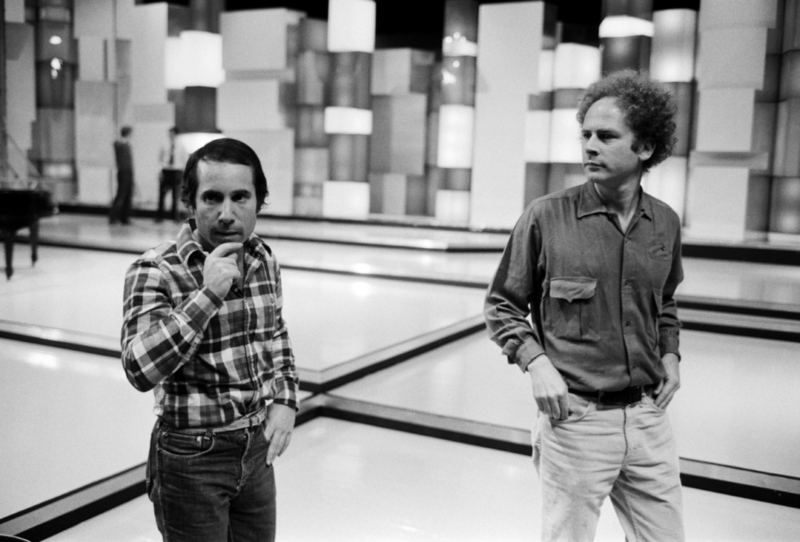
They never went as Tom and Jerry once they made the switch to an eponymous name, but they still brought out some of the old songs to the delight of the older fans. In fact, when they would play their original hit “Hey Schoolgirl” during shows and resurrect their childish, good-natured, clean-cut fifties personas for a little bit of fun.
Those Meddling Executives
Recording executives – or all kinds of arts executives – can be a handful, and the pair had their run-ins with them. We’ve already mentioned the time when they threw in a bunch of extra instruments to “Sounds of Silence”, though that ended up being a big boon to music lovers and Simon and Garfunkel.
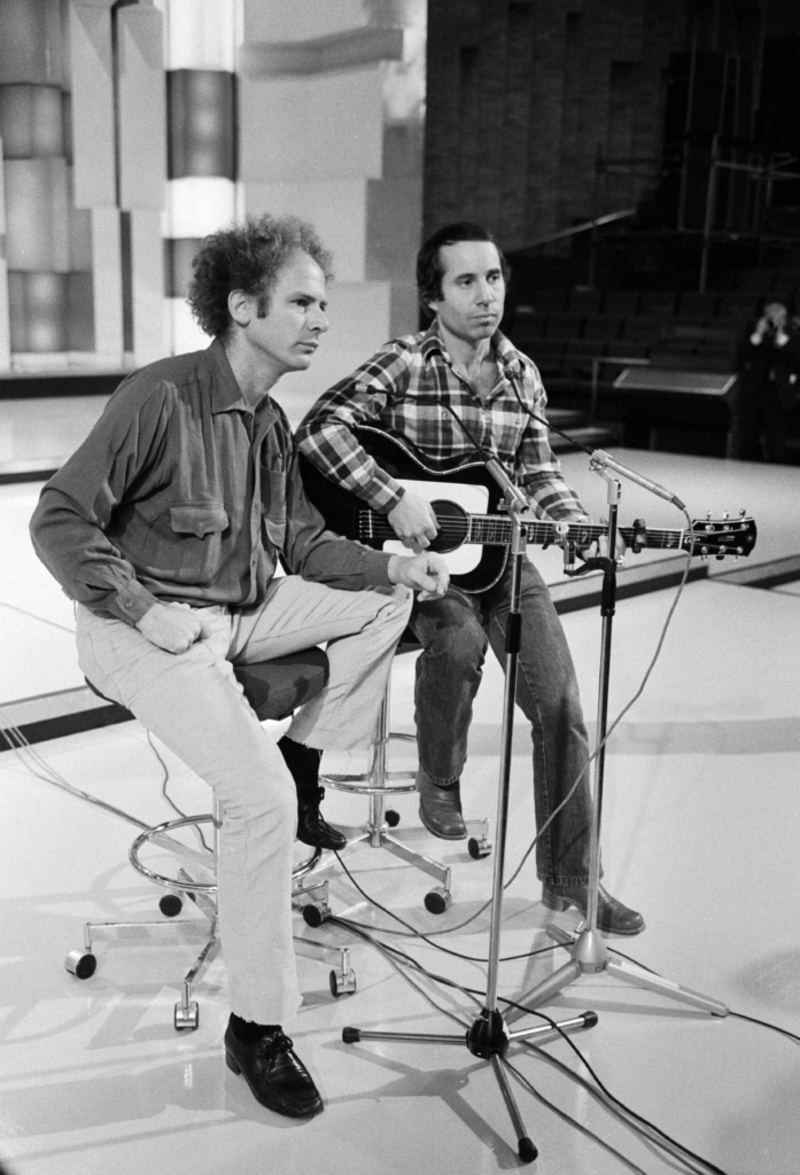
The added instruments were played by Bob Dylan’s recording musicians since Dylan had pioneered the more rocky folk music. The backing band goes out of sync with the original track at one point, since they were all recording after the fact.
An Accidental Lawsuit
The song “El Condor Pasa (If I Could)” from “Bridge Over Troubled Water” is Simon’s lyrics sung over the Los Incas version of the Peruvian folk song “El Cóndor Pasa” by Daniel Alomía Robles (pictured). Problem is, the band never credited Robles, though it was only because Simon was misled to believe it was a traditional folk song.
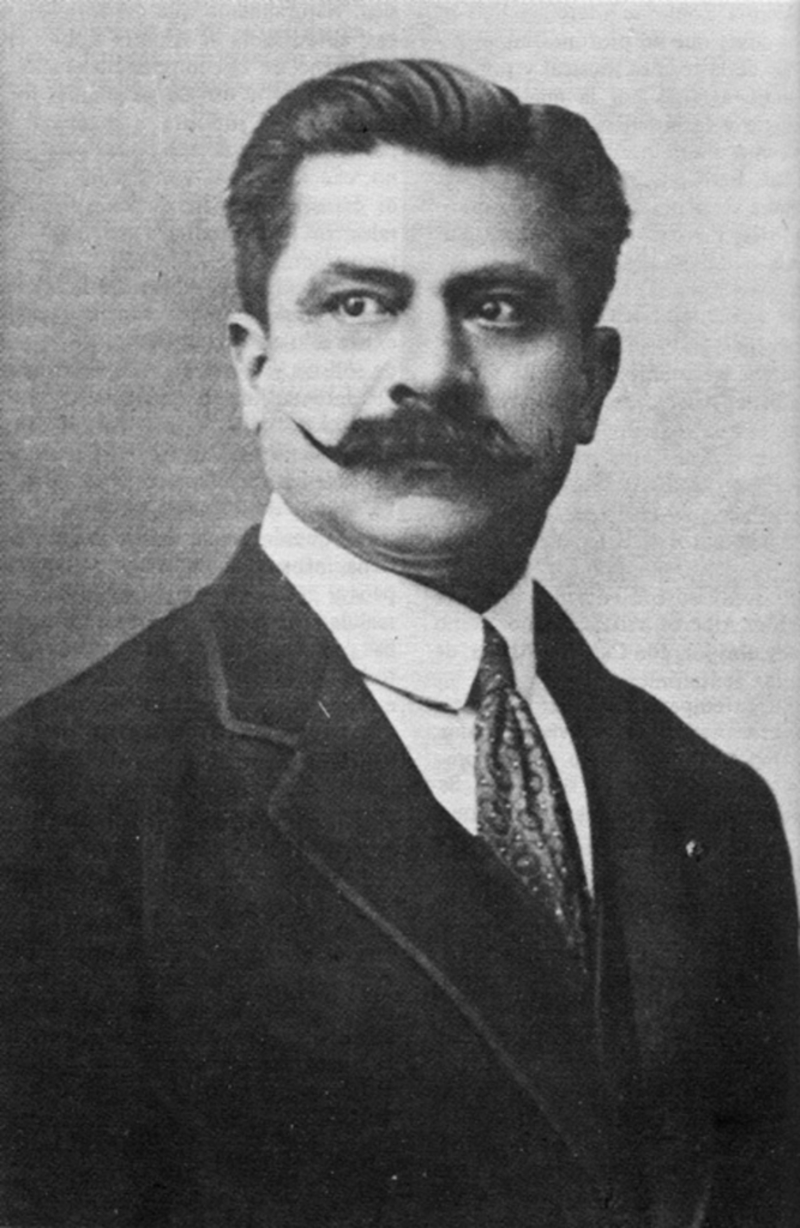
Robles’s son sued the pair for a writing credit, though it was really just a formality, and he’s stated he bears Simon no ill will. Neither did Los Incas. They even became friends with Simon and had him produce their first English-language album.
A Hidden Meaning
“The Boxer,” a song from “Bridge Over Troubled Water”, reached number seven on the Billboard Hot 100, and is ranked by “Rolling Stone” as song number 106 on their list of the 500 Greatest Songs of All Time. The song is famous for its refrain, which just has Simon singing “lie la lie” and similar sounds over and over.
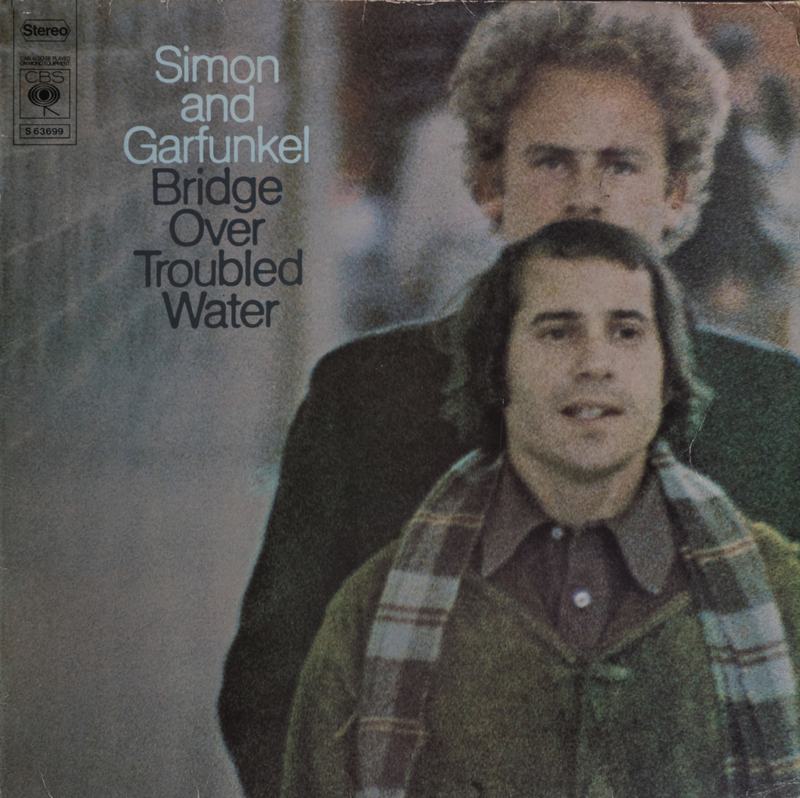
Many people take the refrain to mean the titular character is lying about his experiences, but Simon has gone on record saying he just couldn’t think of any words.
The Marathon Recording Session
How long do you need to record a song? For highly-produced or technical songs with lots of band members, the hours can get into the double digits, but they have nothing on “The Boxer.” Apparently, this song took an incredible one hundred hours to record.
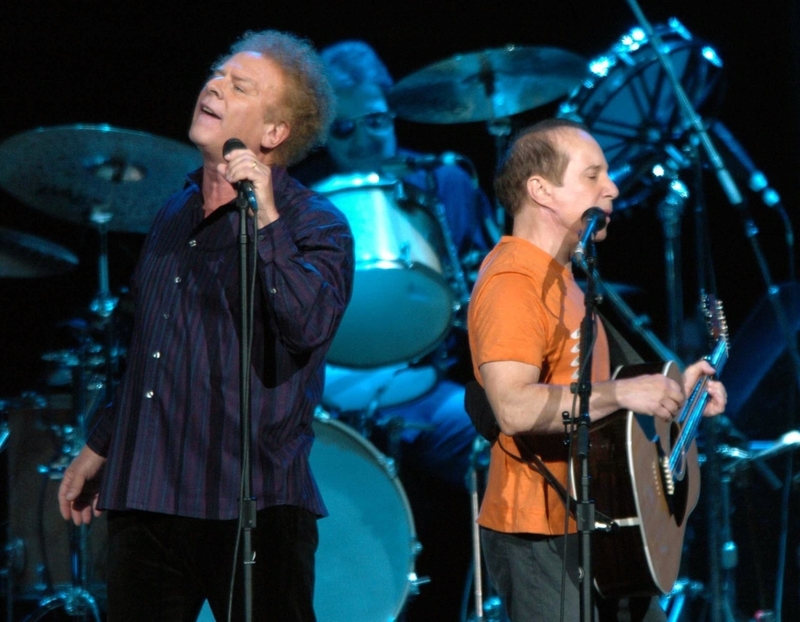
It was recorded in multiple studios, and the chorus vocals were recorded at St. Paul’s Chapel at Columbia University in New York. With so much material to work with, the standard 8-track didn’t have enough space. The album’s producer, Roy Halee, championed for a sparkling new 16-track recorder, which helped the song get into its finished state.
Jumping Around on His Own
While working on his solo act, Paul Simon spent plenty of time going from one label to the next. He began with Columbia Records as one of their core artists. When he began to feel the label was cheating him he clashed with president Walter Yetnikoff, and bought out his own contract, moving to Warner Bros. Records, staying there for three decades.
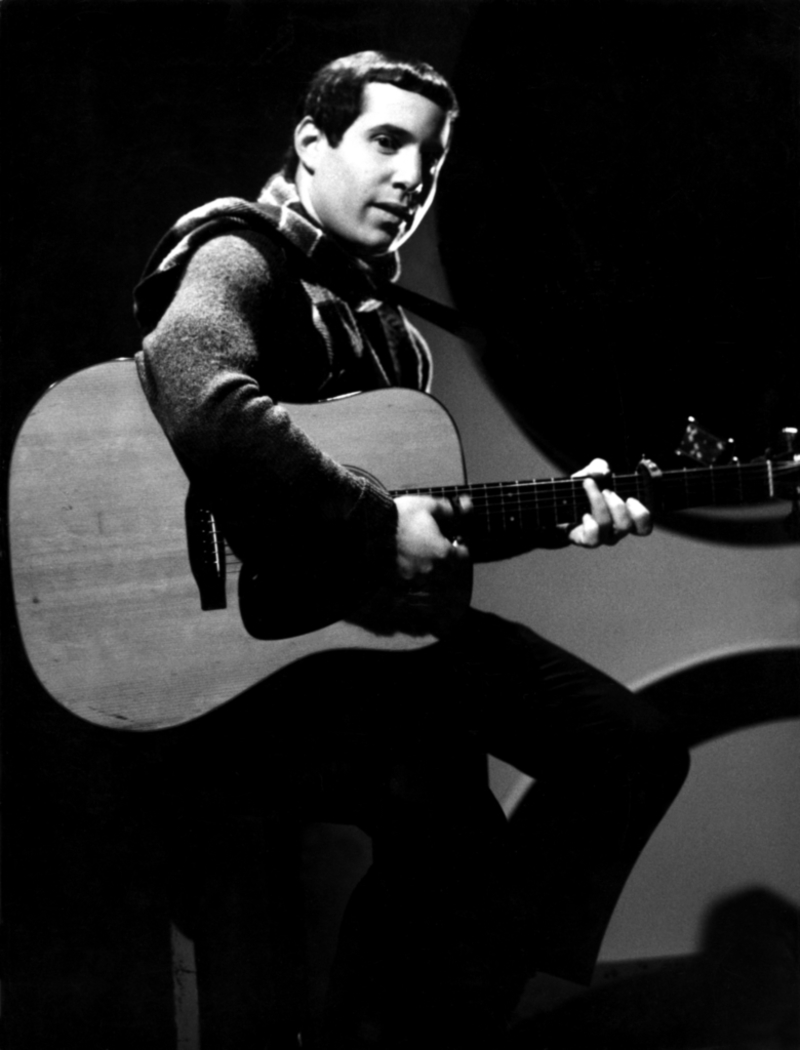
When he released “So Beautiful or So What”, he switched to Concord Music Group. “In the Blue Light” (2018) came out under Columbia’s current parent company, Sony.
He Almost Got Dylan
While working on material for his “So Beautiful or So What” solo album, Simon reached out to fellow folk-rock legend Bob Dylan to record a duet. Despite the fact that the two toured together in 1999, Simon’s request went unanswered for unknown reasons.
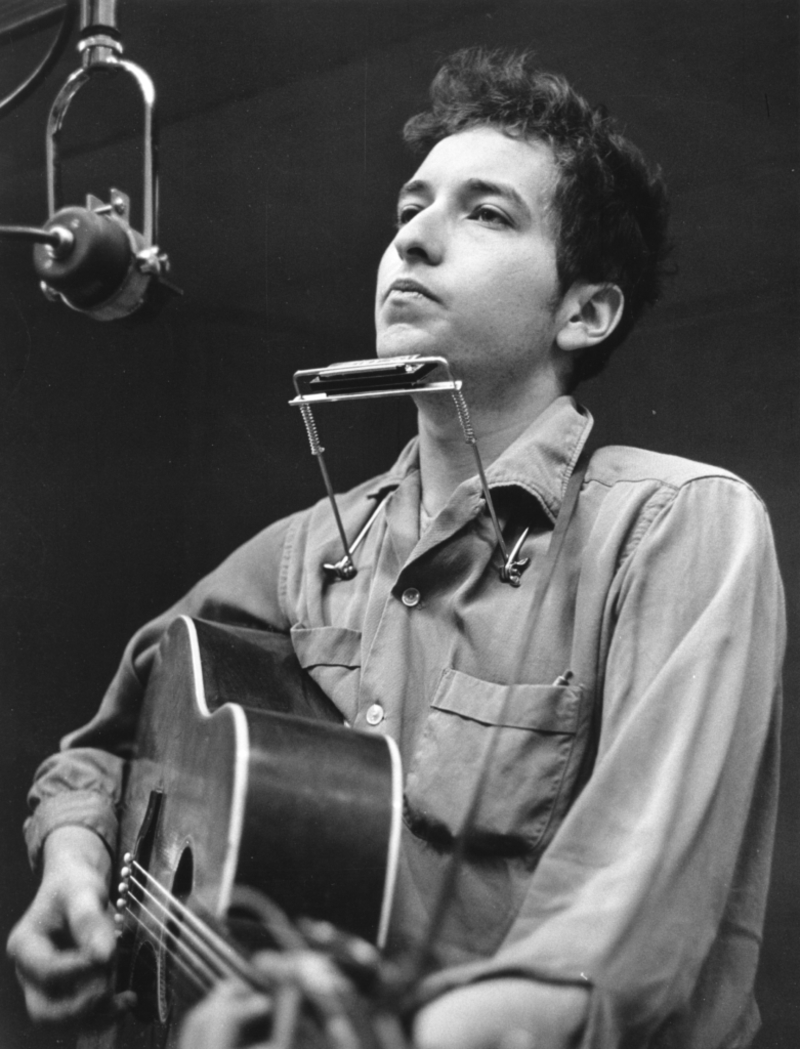
In an interview with “Uncut”, Simon said that since Dylan’s voice had become so weathered, that the singer would sound like a sage delivering life’s wisdom to the listener. Simon is unsure why he didn’t hear back, and so is, most likely, every folk-rock fan in the world. I guess we’ll just have to dream.
Other Names
Before the two settled on Simon and Garfunkel as their moniker, and after abandoning Tom and Jerry, both members of the band found some success under different names. Simon reached the charts with the group Tico and the Triumphs with the song “Motorcycle,” and again with “The Lone Teen Ranger” under the name Jerry Landis.
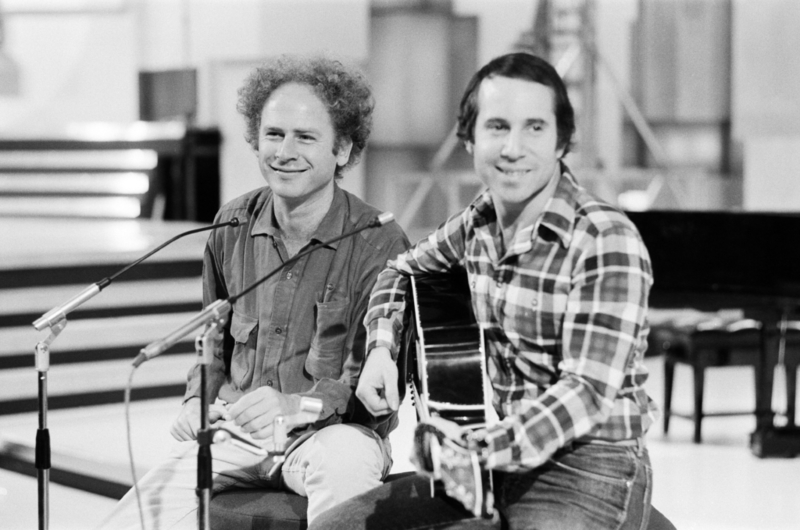
Garfunkel released folk songs while he was in college under the name of Artie Garr. Of course, once they finished school and found their way back to each other, these temporary names fell by the wayside.
Taking a Stand
Paul Simon’s solo album “Graceland” came during a dark time in the history of South Africa. Many artists opted to boycott the country, but surprisingly, Paul Simon wasn’t one of them. In fact, he recorded the album in the country.
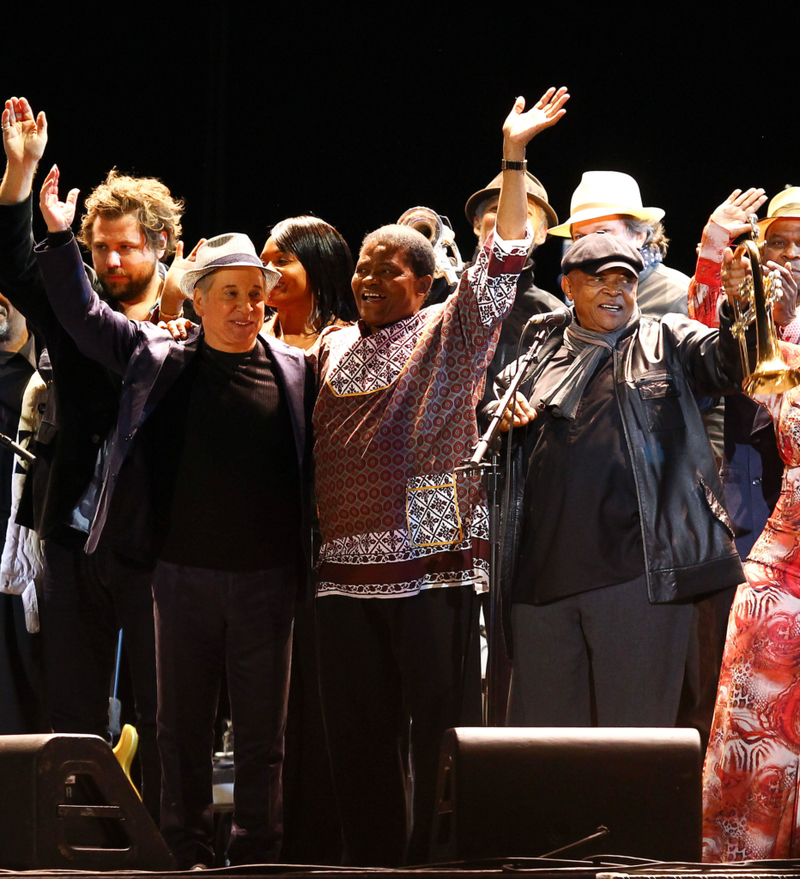
However, he was still a vocal opponent of the oppression taking place there and recorded with numerous black artists for the record, including a duet with Linda Ronstadt in “Under African Skies” and Ladysmith Black Mambazo. Simon was briefly listed on the U.N. Boycott list. He was later removed, though.
Beginning of the End
During a show in 2010, at the New Orleans Jazz and Heritage Festival, Garfunkel began to have vocal problems. He was quickly diagnosed with vocal cord paresis, which is damage to the nerves that control the vocal cords. The rest of the tour dates were sadly canceled.
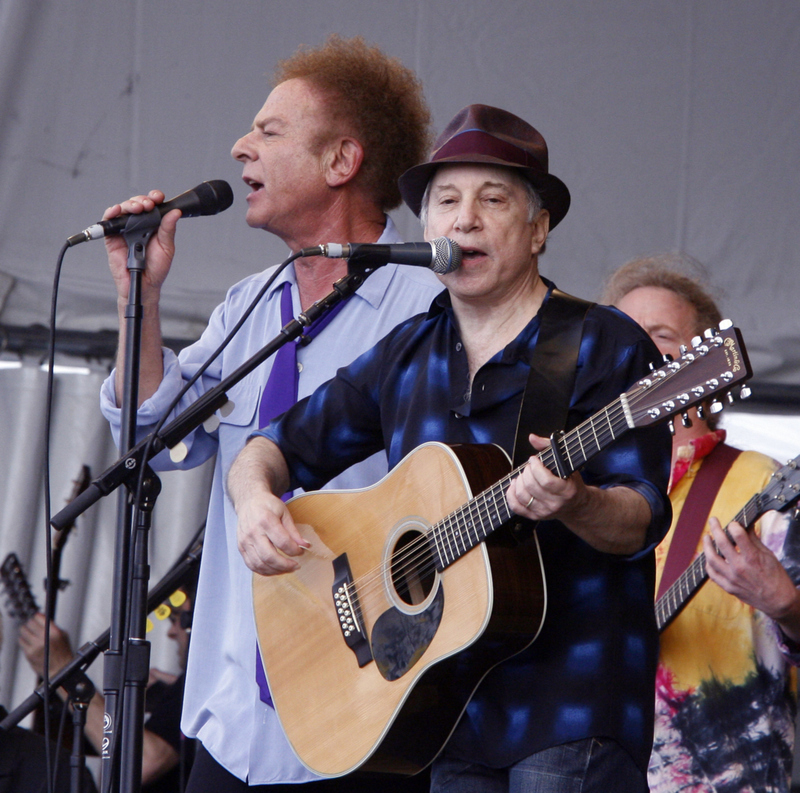
His camp informed Simon’s camp that he would be ready within a year, but the time came and went and Garfunkel still wasn’t well. Relationships were once again damaged, and it took several years for Garfunkel’s voice to return to fullness – he strengthened himself with small audiences in a Harlem theater.
The Final Retirement
In 2014, Garfunkel told “Rolling Stone” that he believed he and Simon would tour again, acknowledging that audiences would want to see them again, and that he agrees, but that Simon might not. In 2016 he said they simply didn’t get along anymore, and that touring wasn’t fun. The relationship seemed on its last leg.
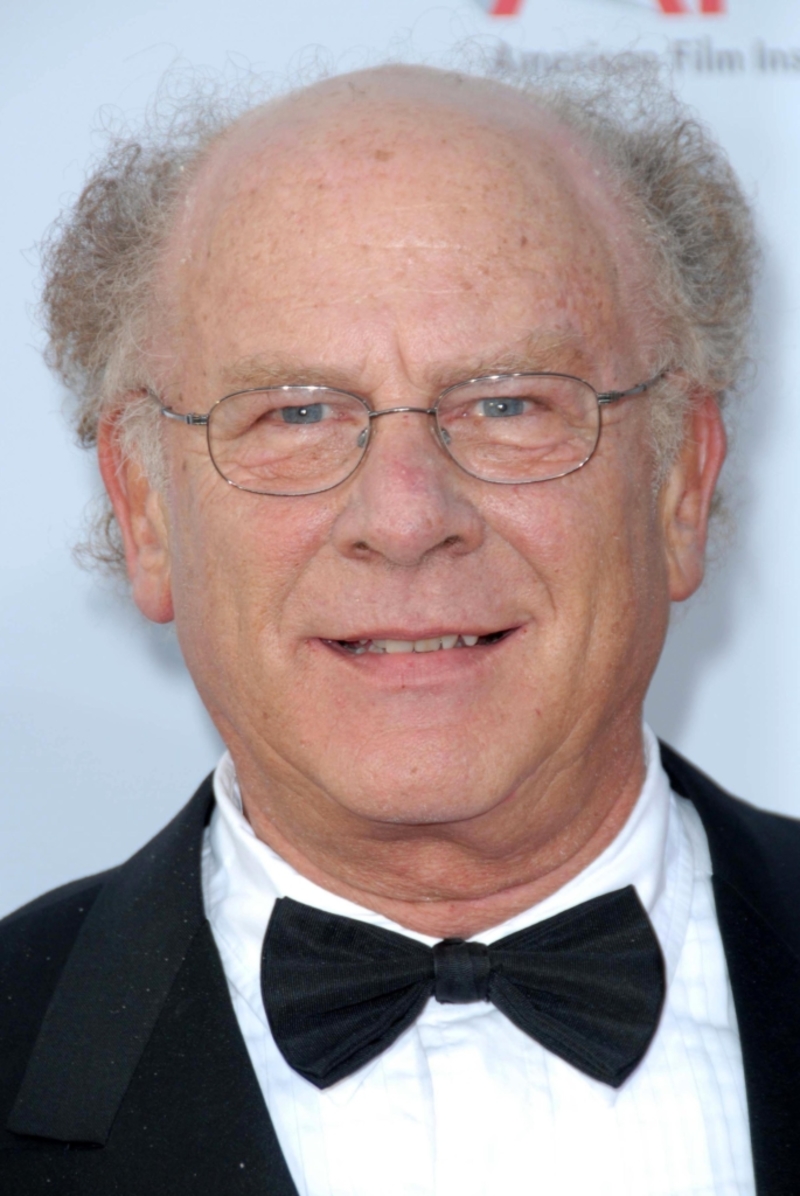
With the addition of Garfunkel’s vocal problems, and the advancing ages of both members of the band, it seems likely we’ve seen the last of Simon and Garfunkel. In February of 2018, Simon announced his retirement from touring.

Thinking of Adopting? Advice for First-Time Pet Foster Parents
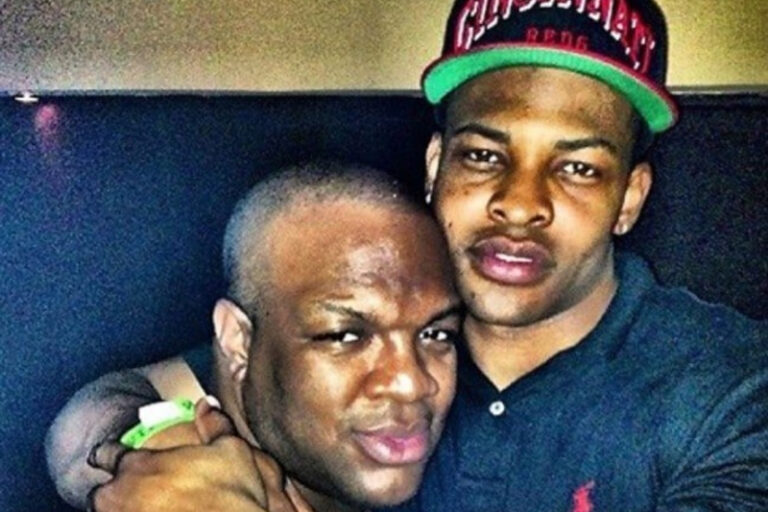
More Partners of Famous LGBT Entertainers

Wabi-Sabi: Accept Your Imperfections
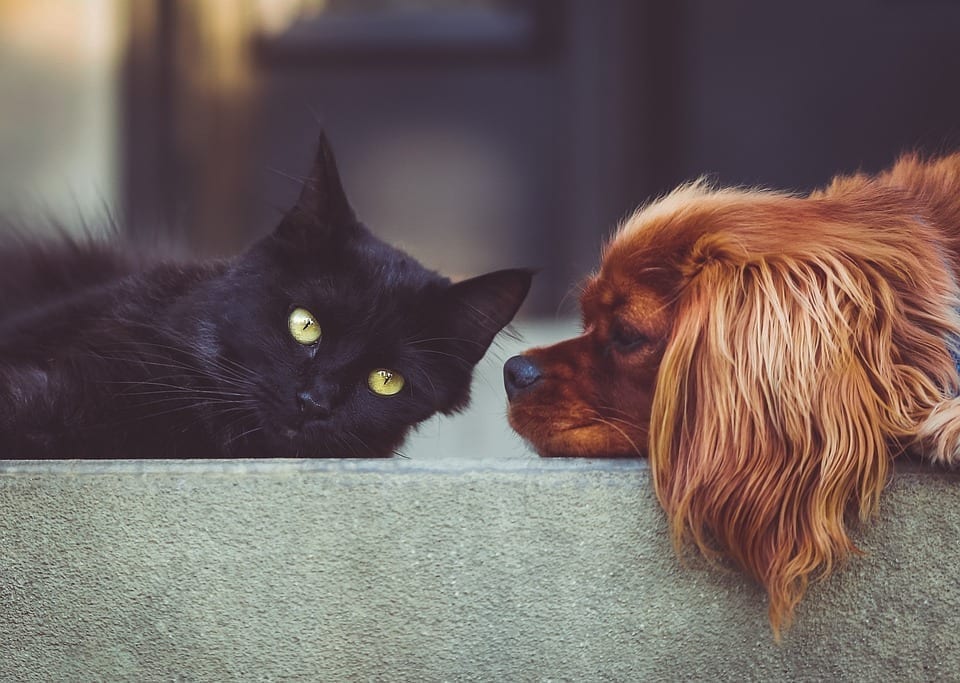
Getting Your Cat And Dog To Become Friends
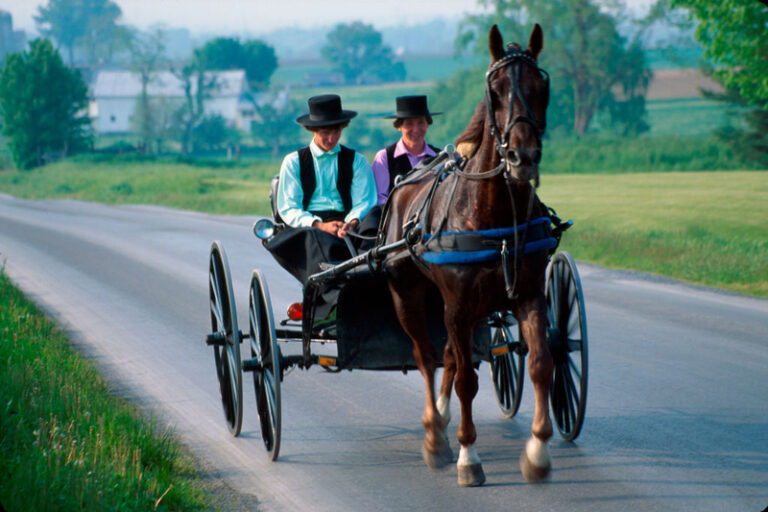
Fascinating Facts You Never Knew About the Amish
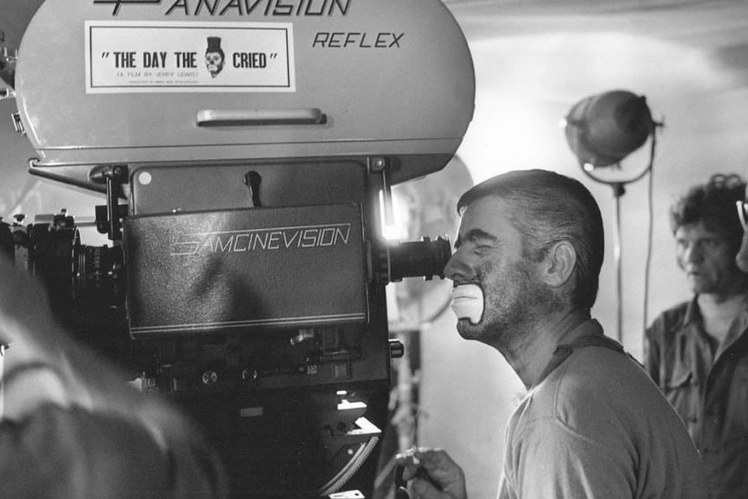
A Journey Through the Life of the King of Comedy – Jerry Lewis
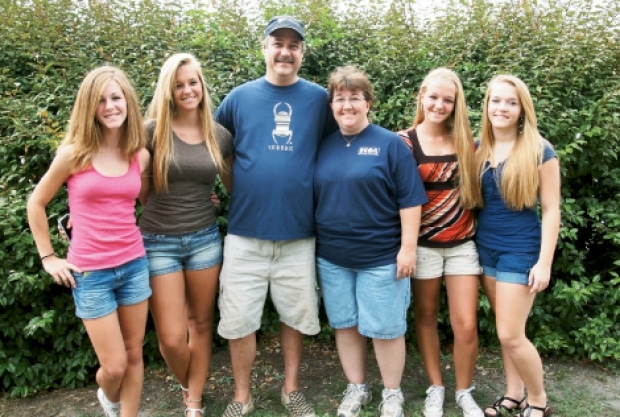
Parents Leave Daughters Home For a Week, and Come Back to the Surprise of a Lifetime
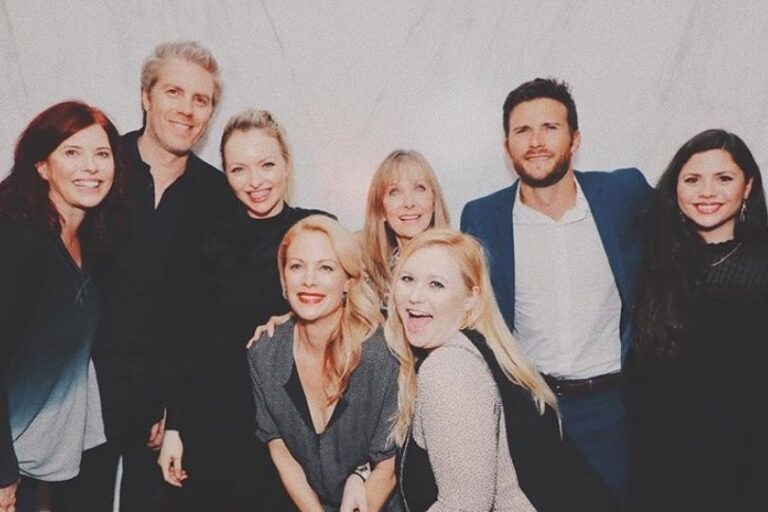
The Many Women and Many Children of Clint Eastwood
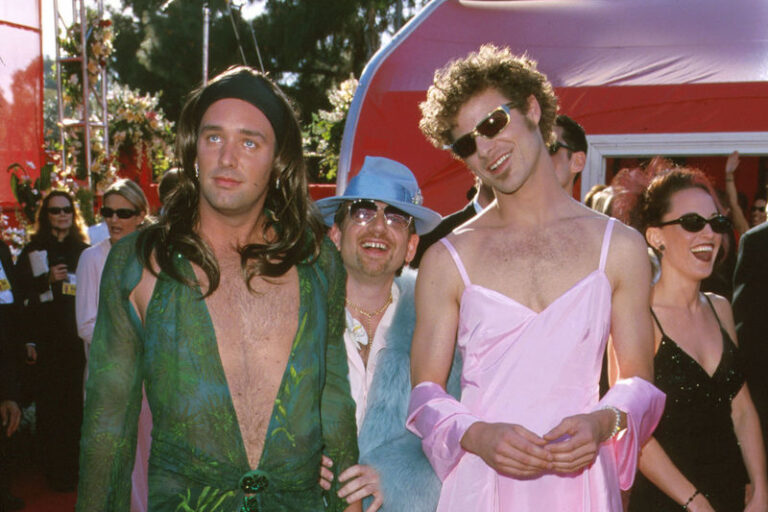
The Most Embarrassing Red Carpet Moments That Will Make You Cringe
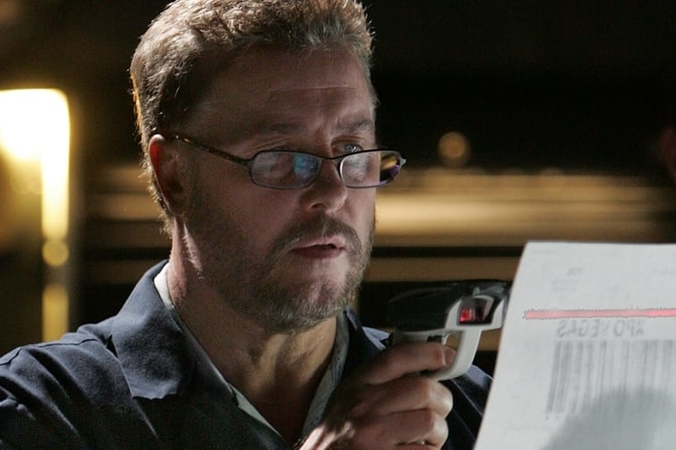
Where Are They Now? The Beloved Stars of CSI
